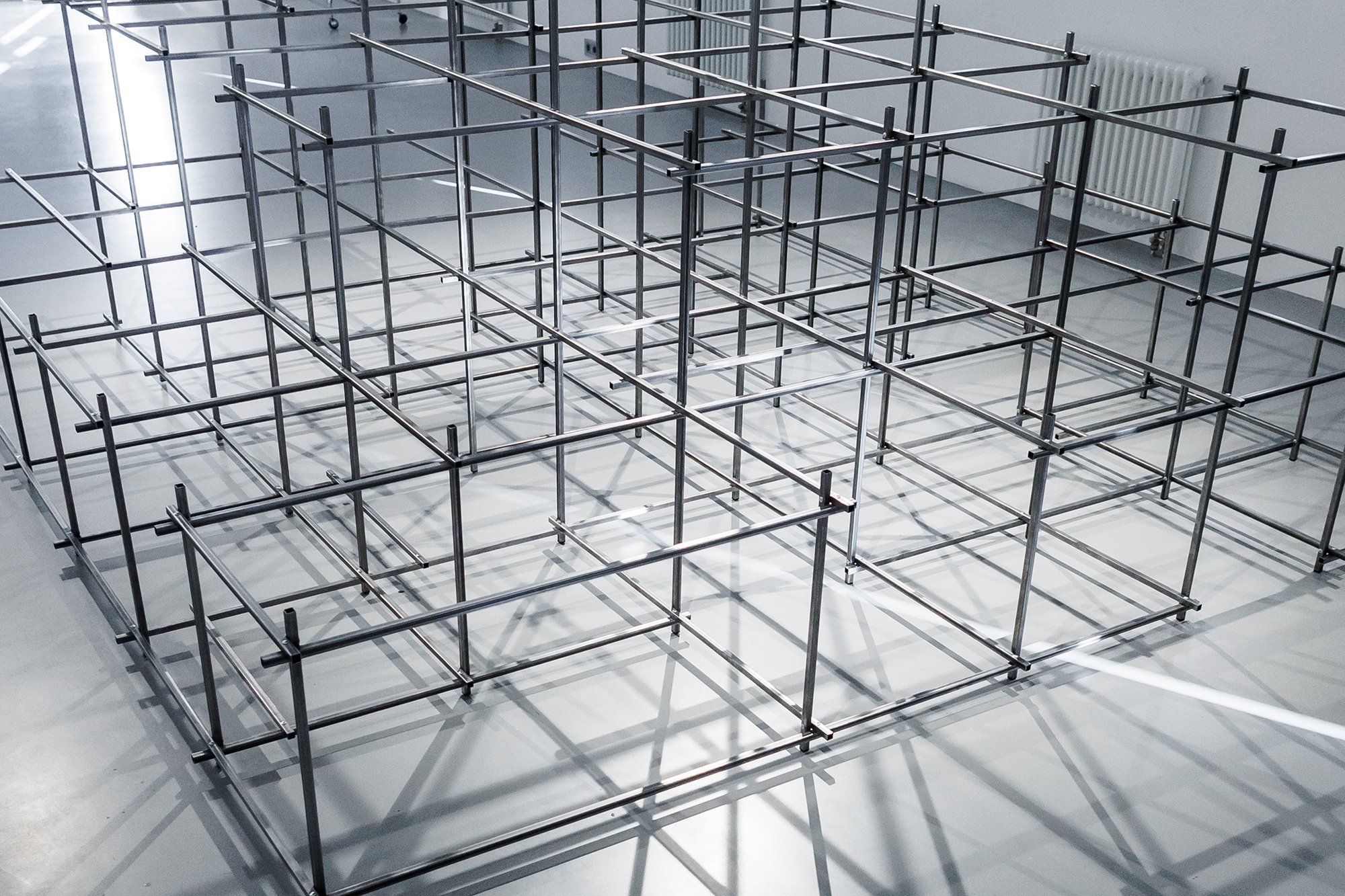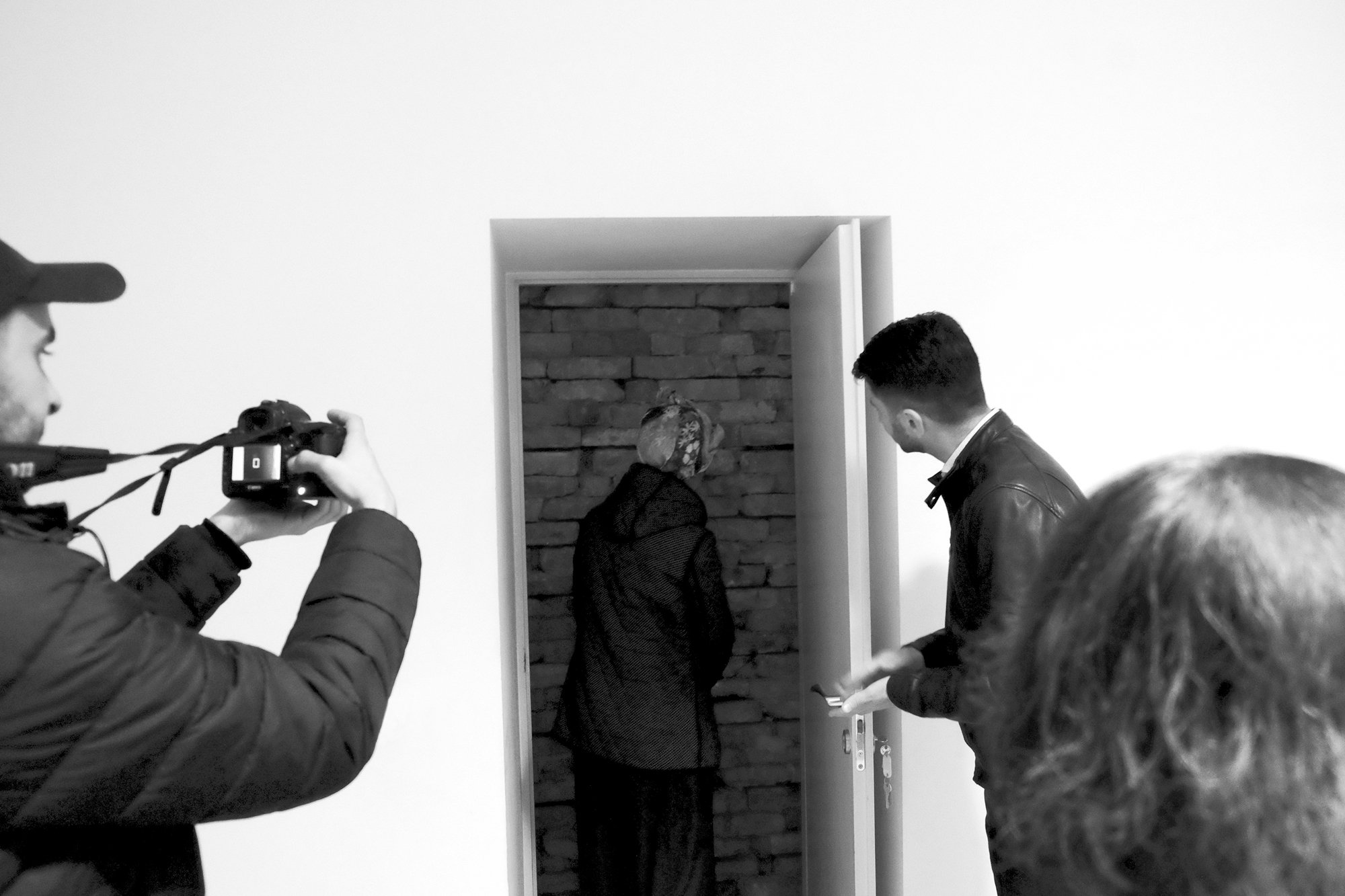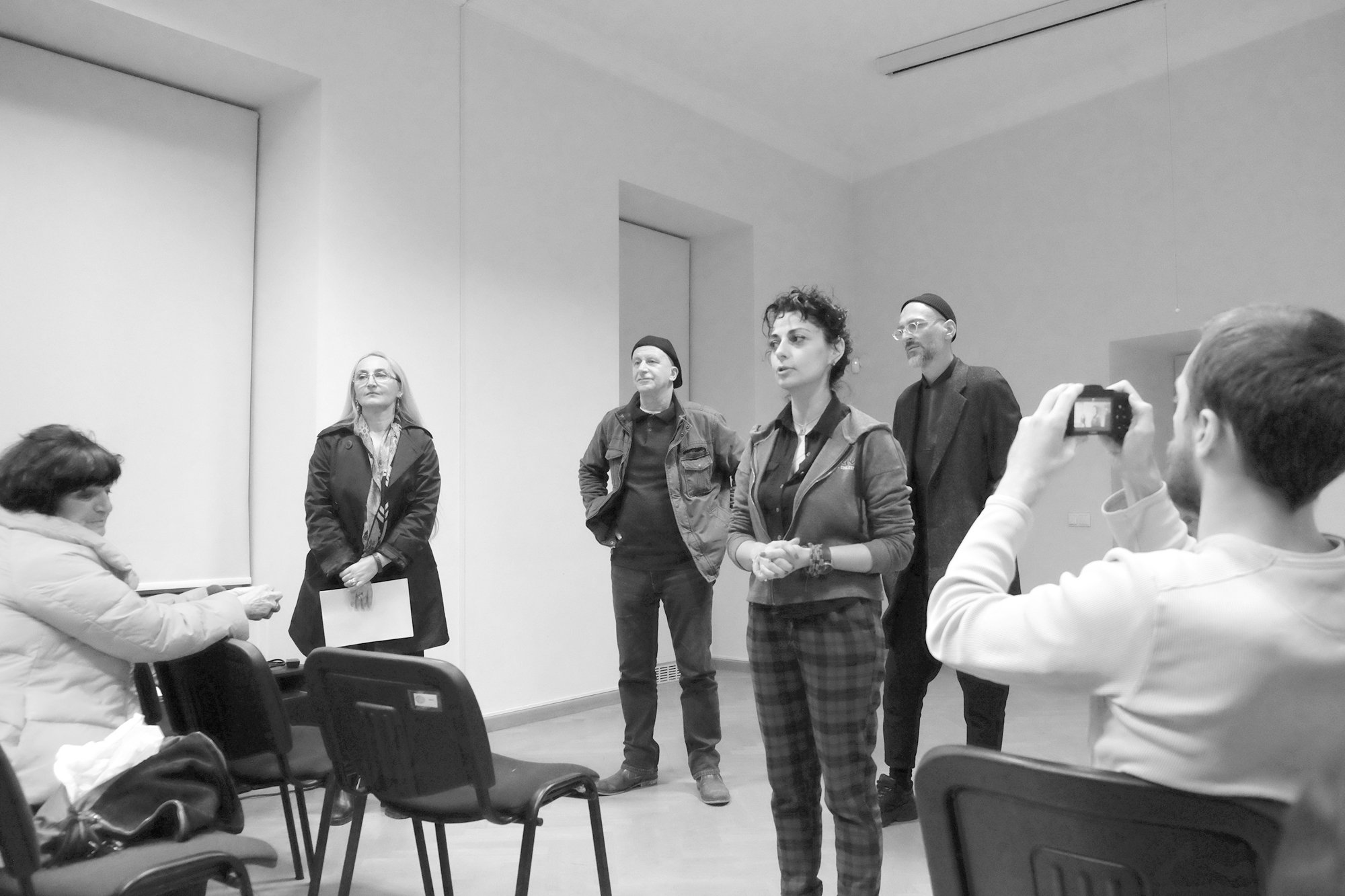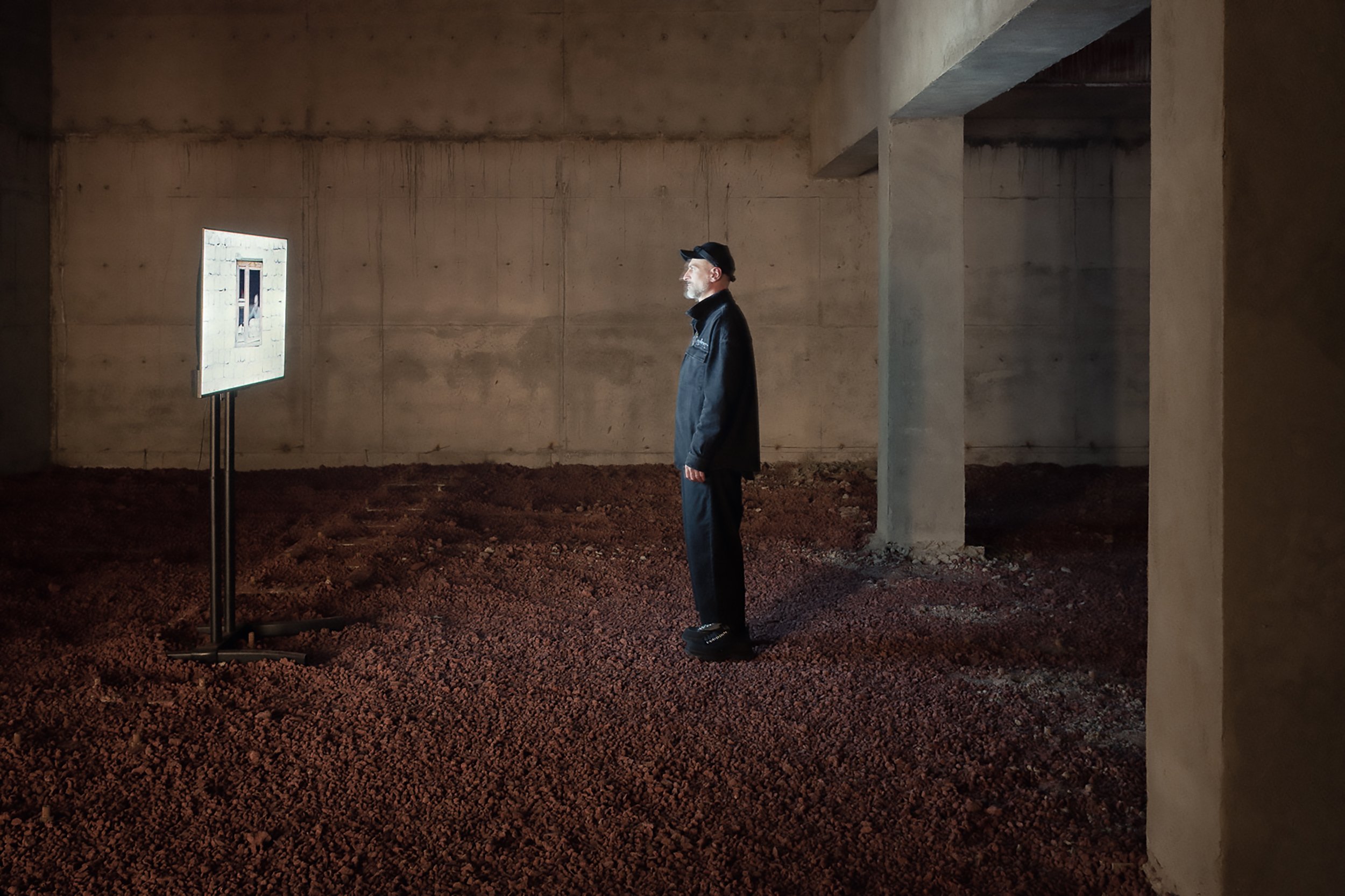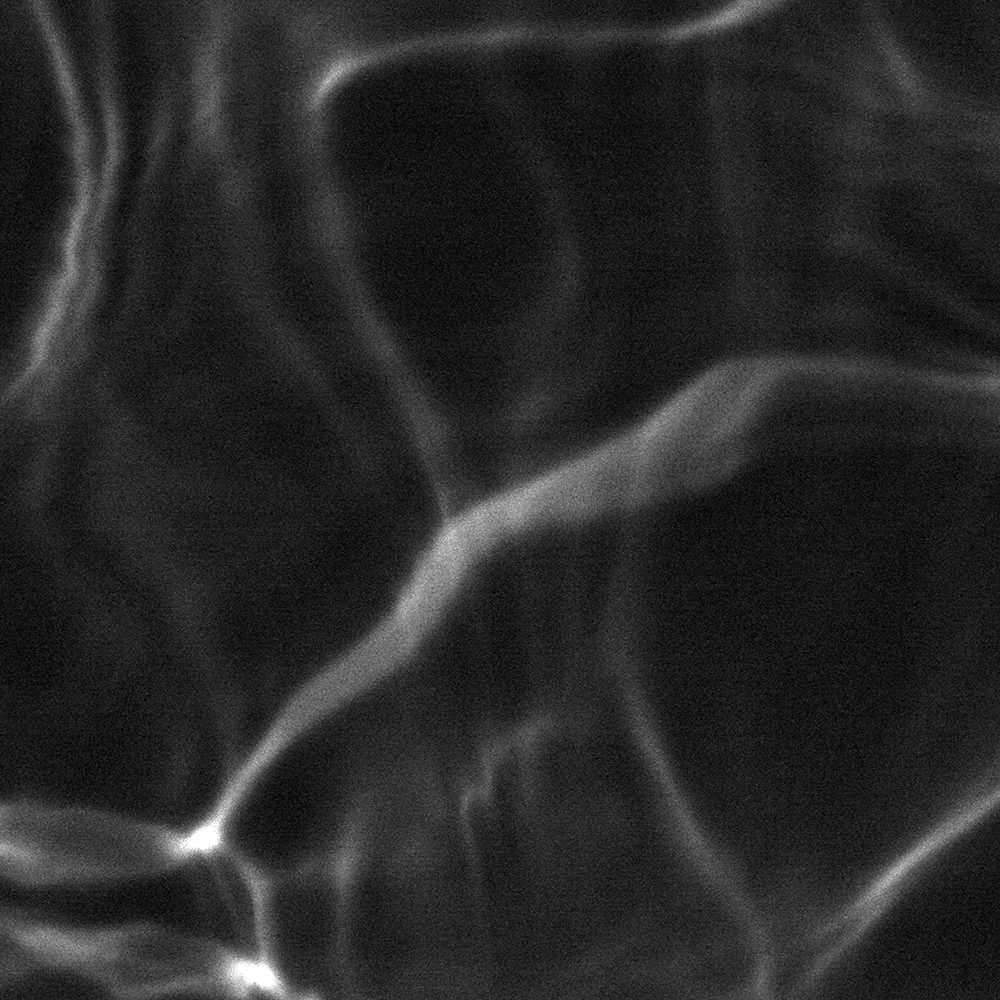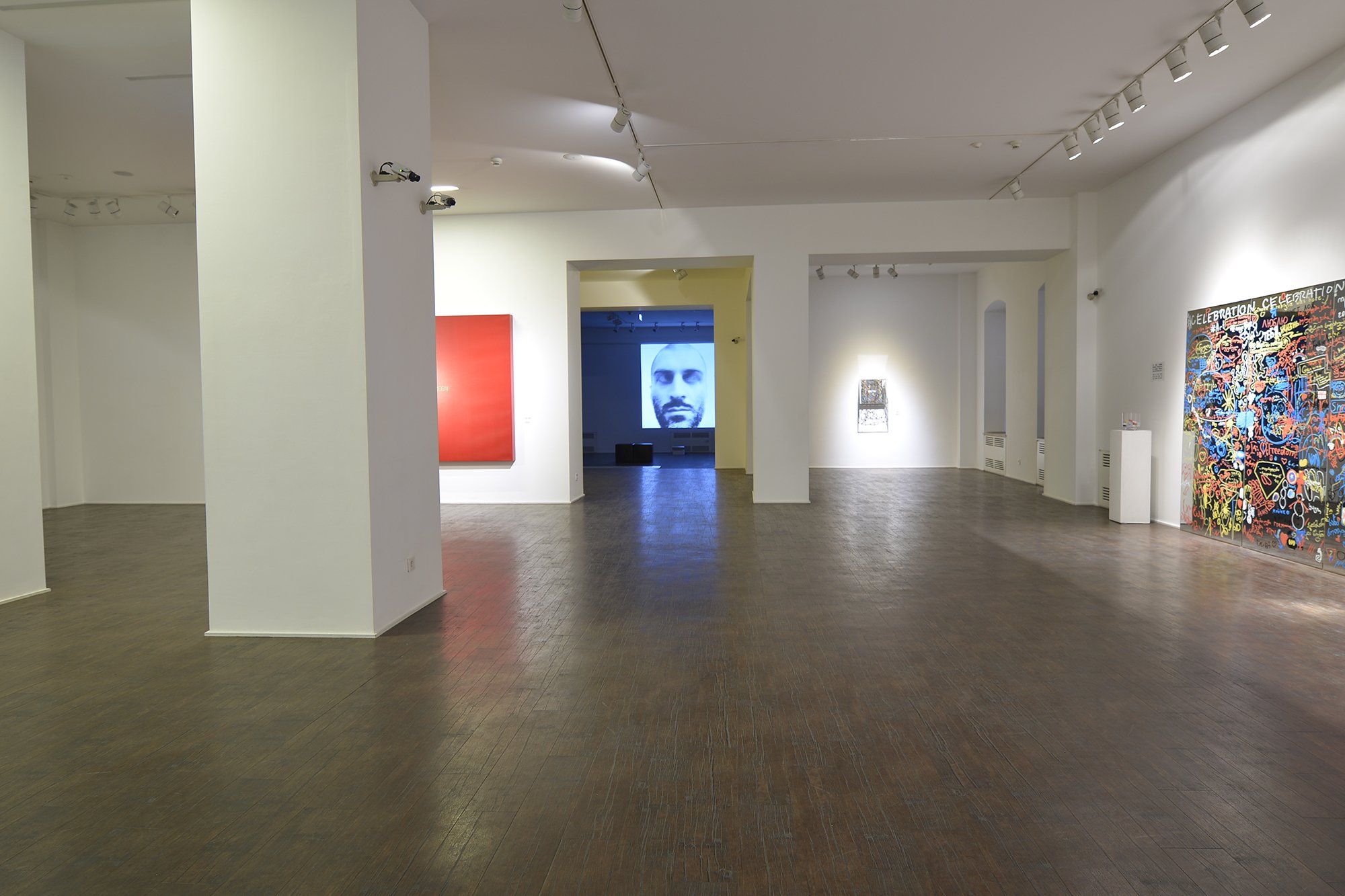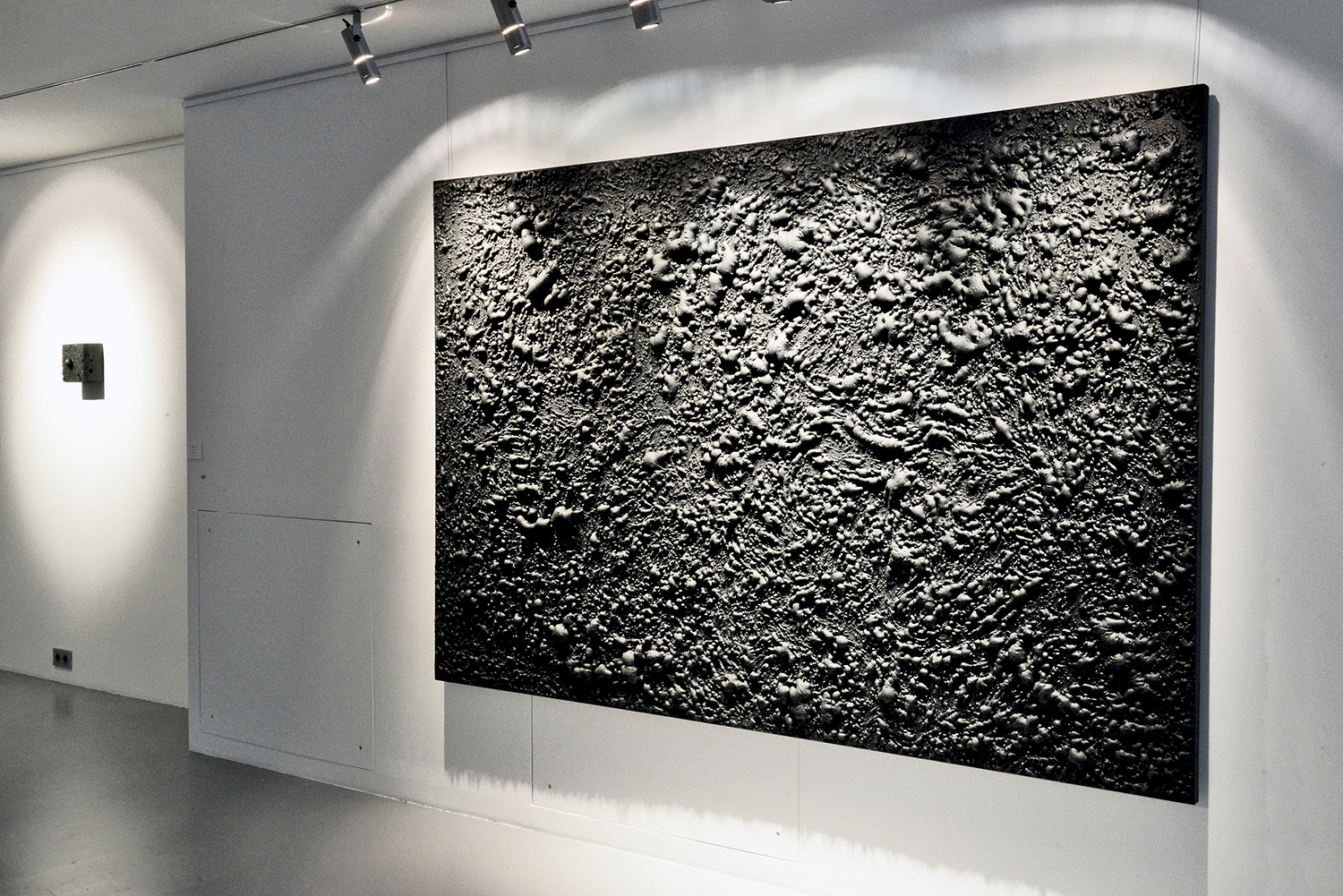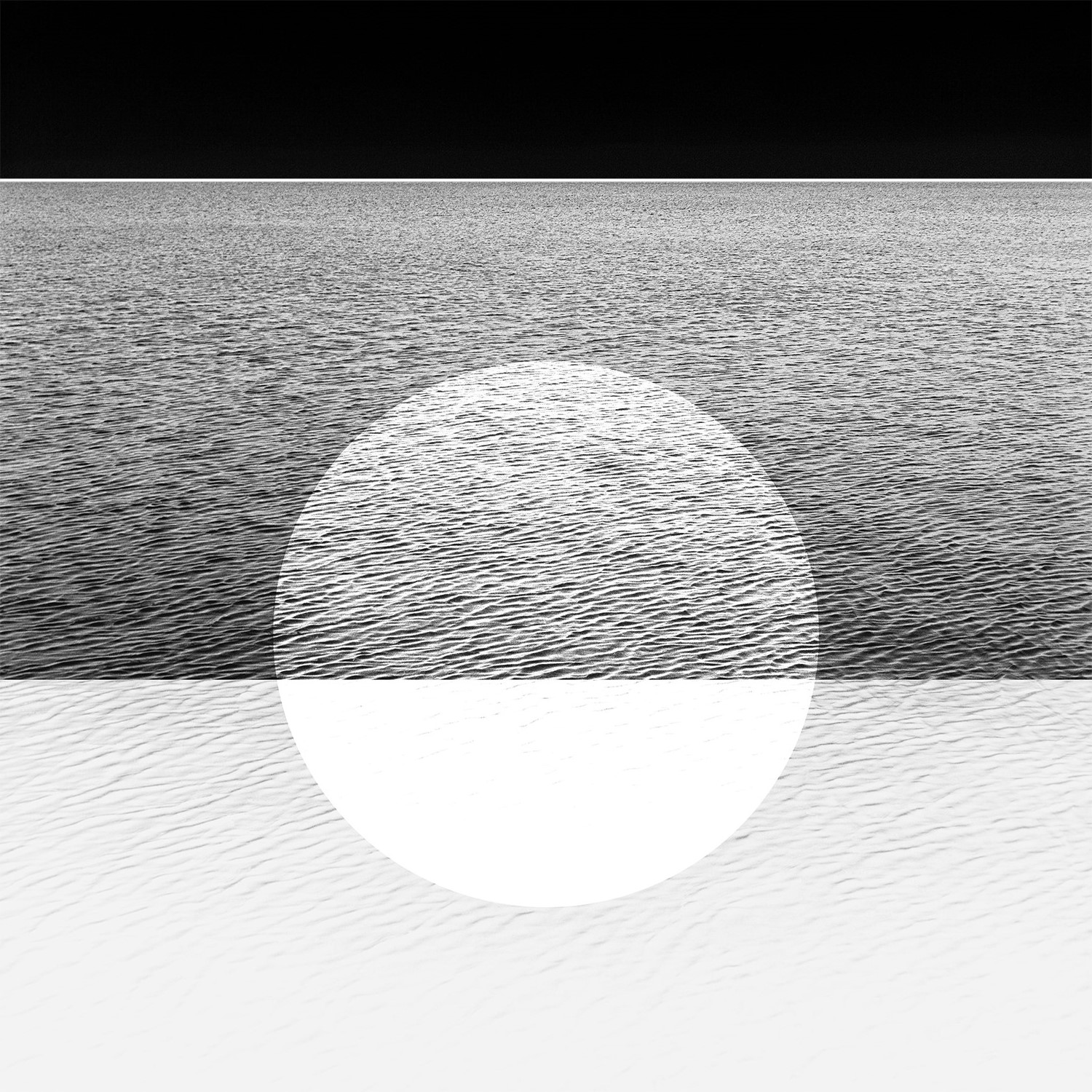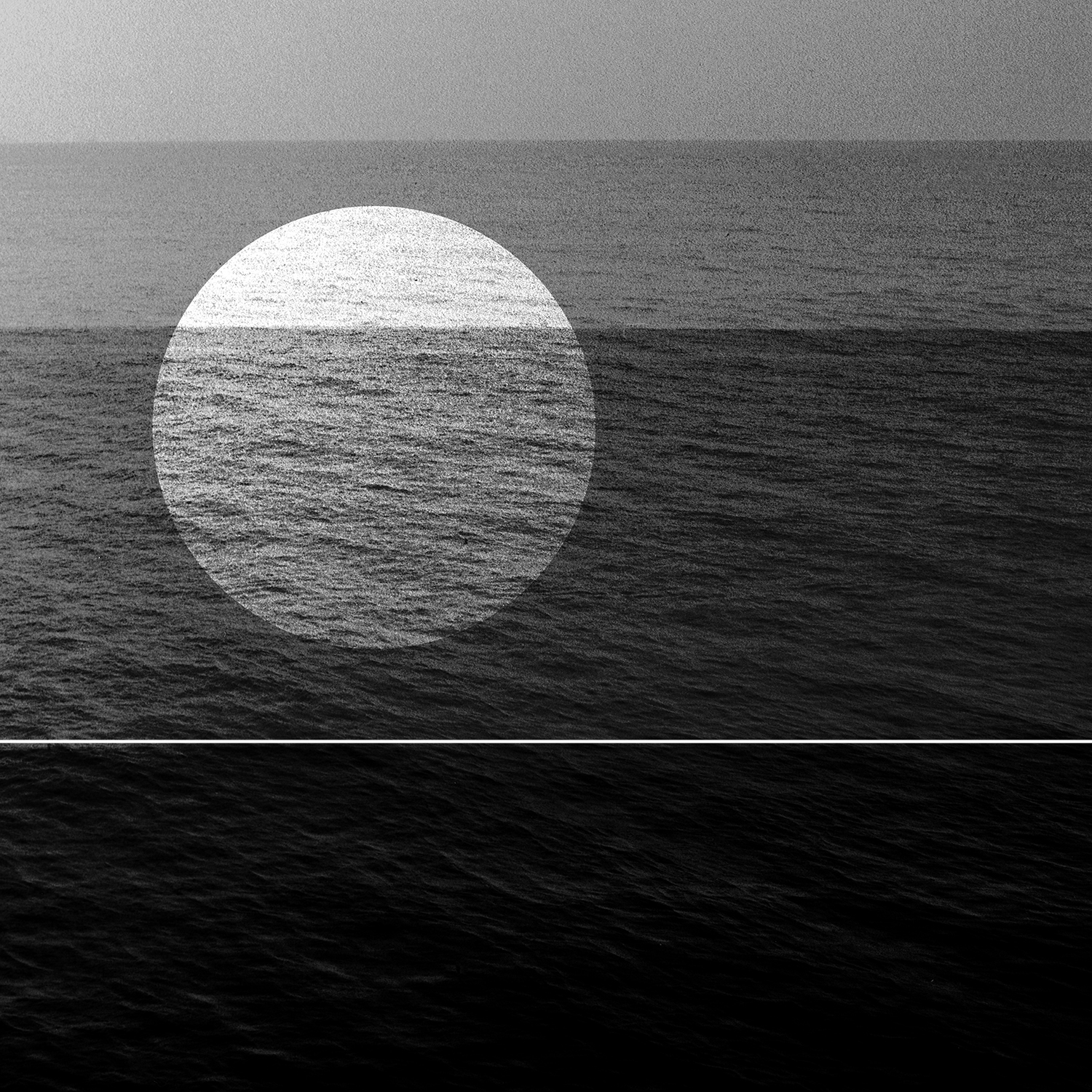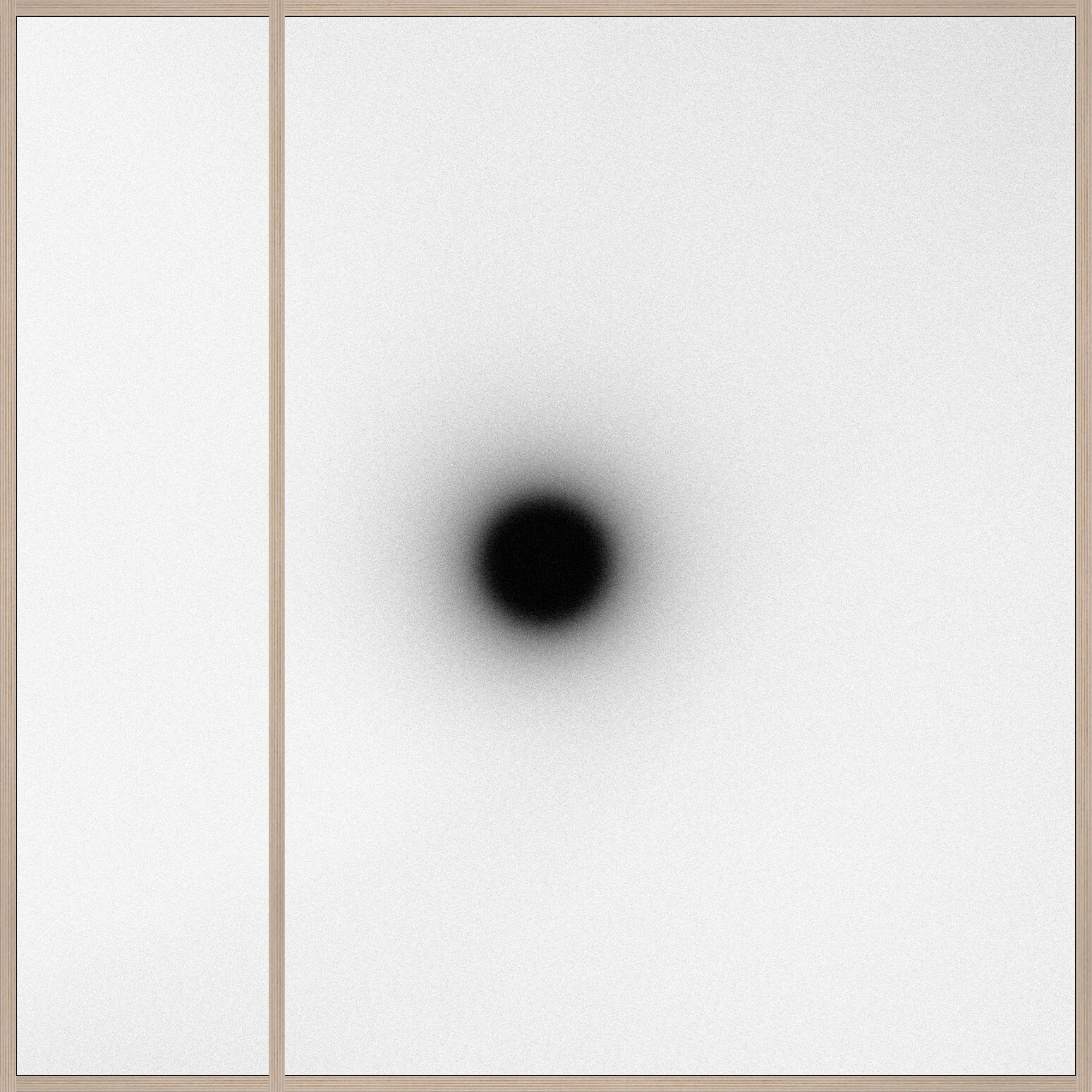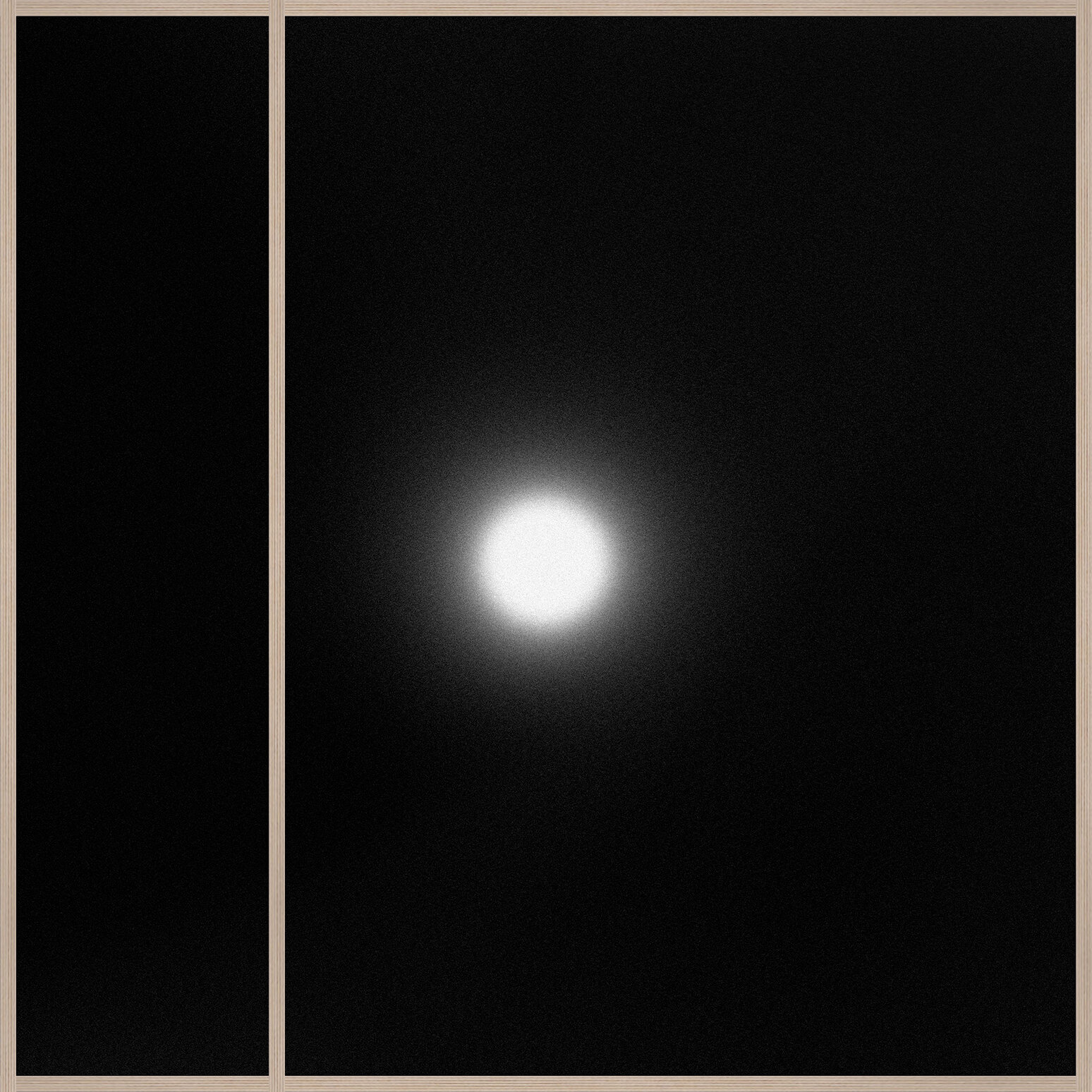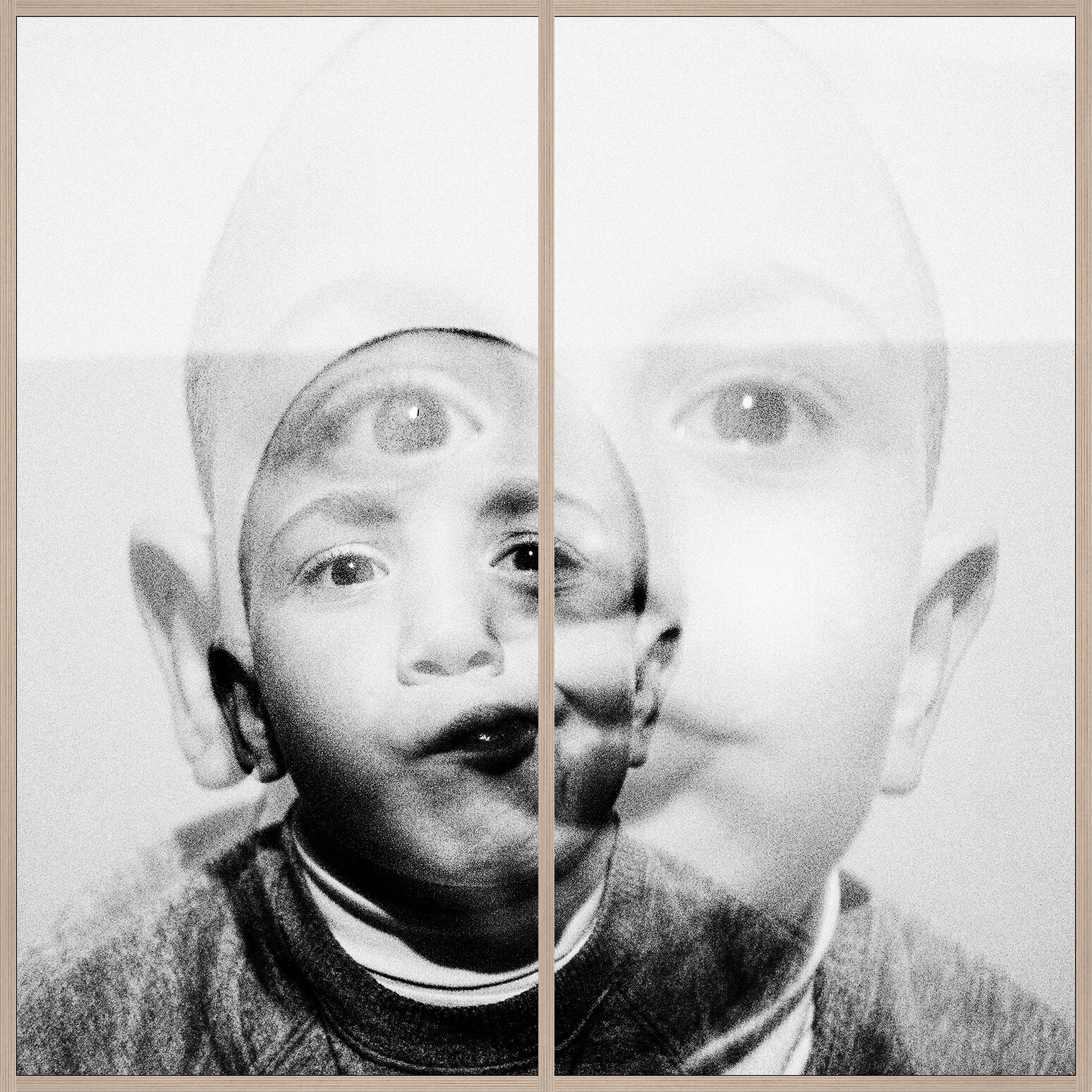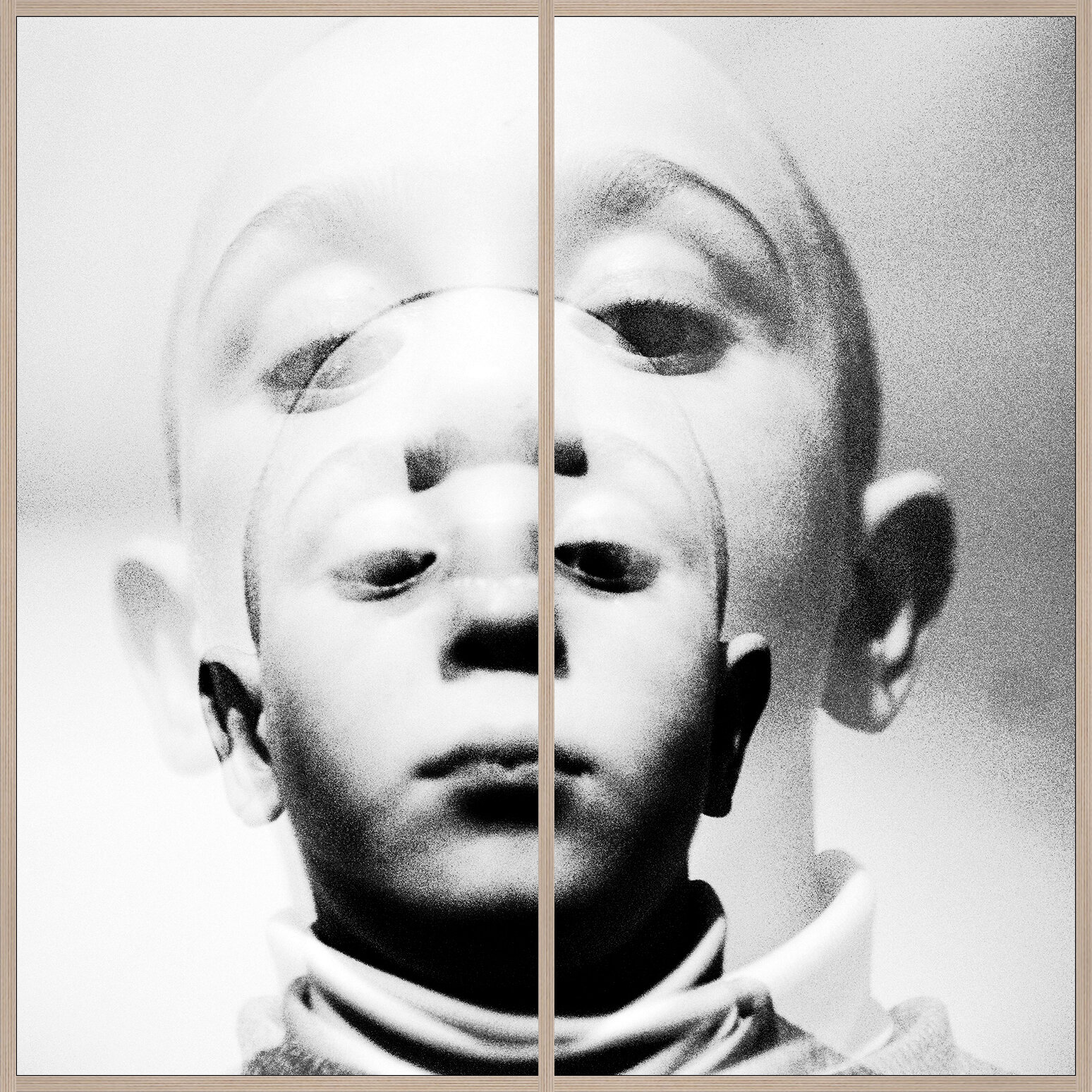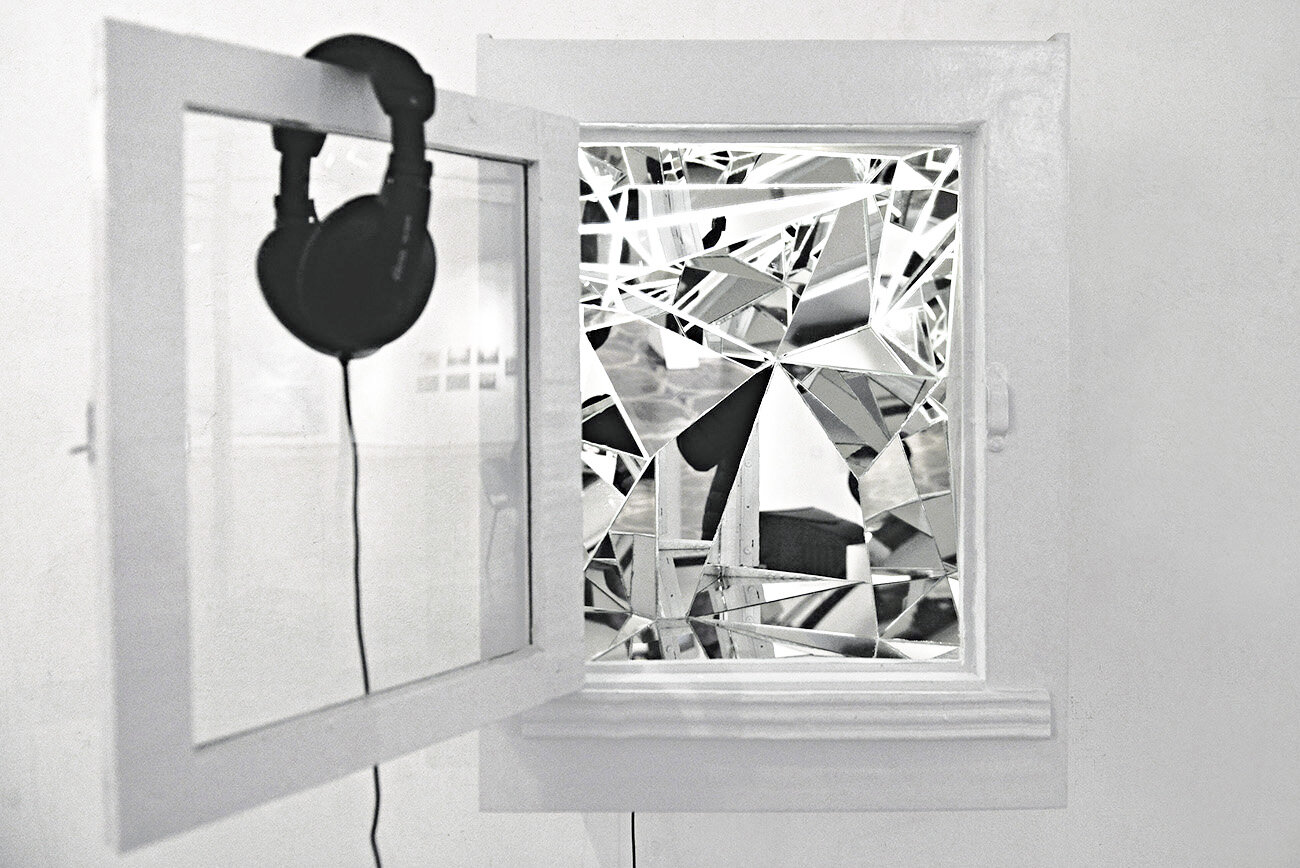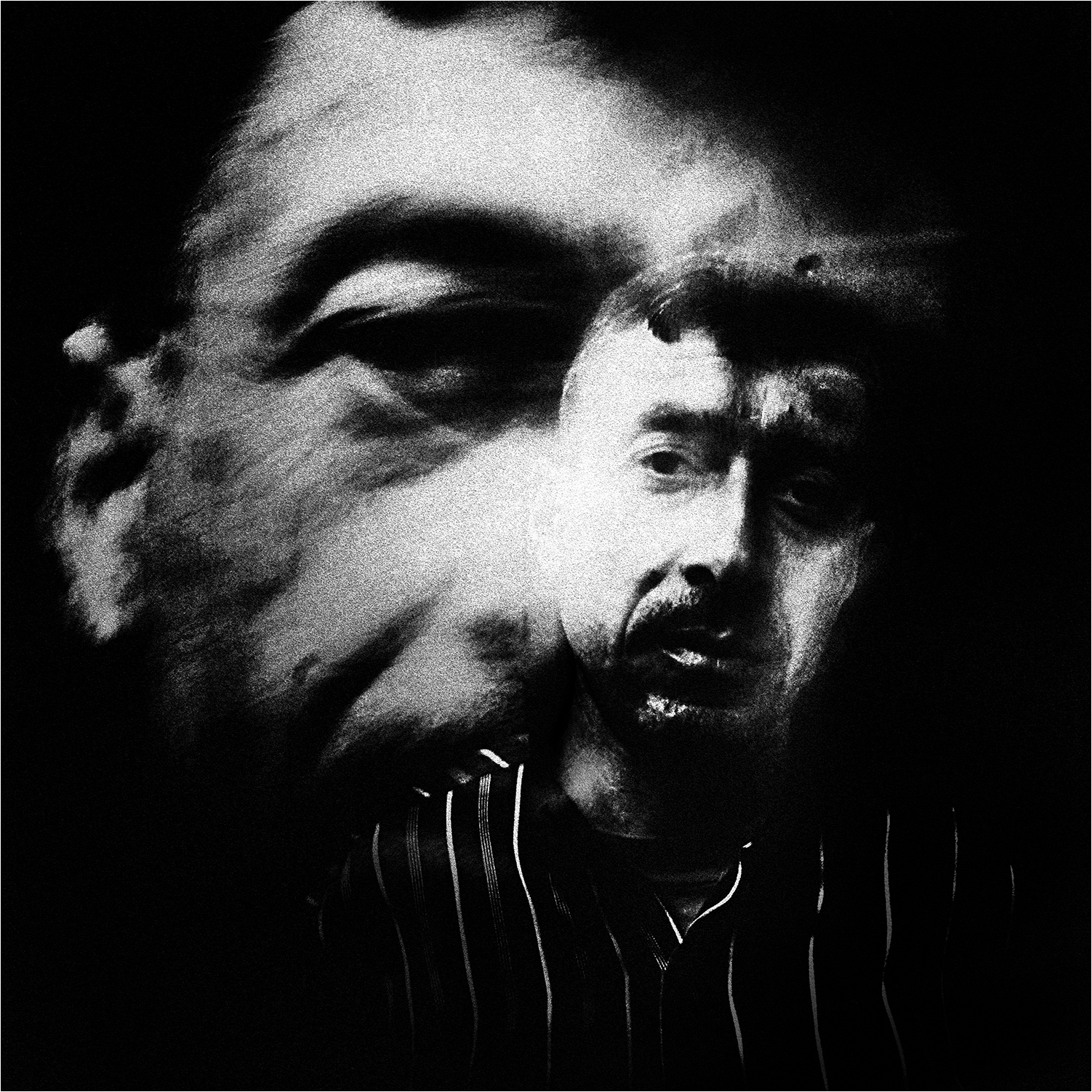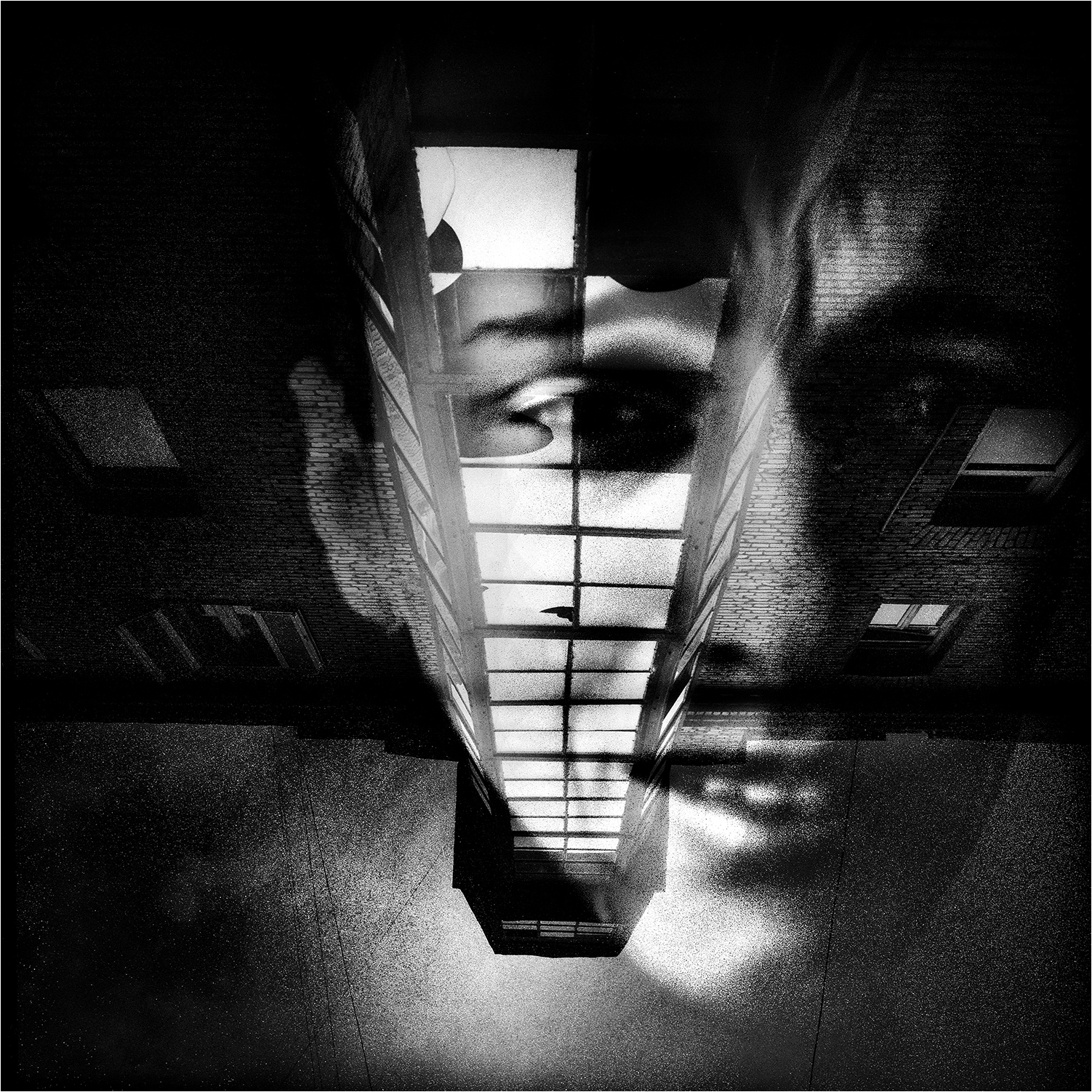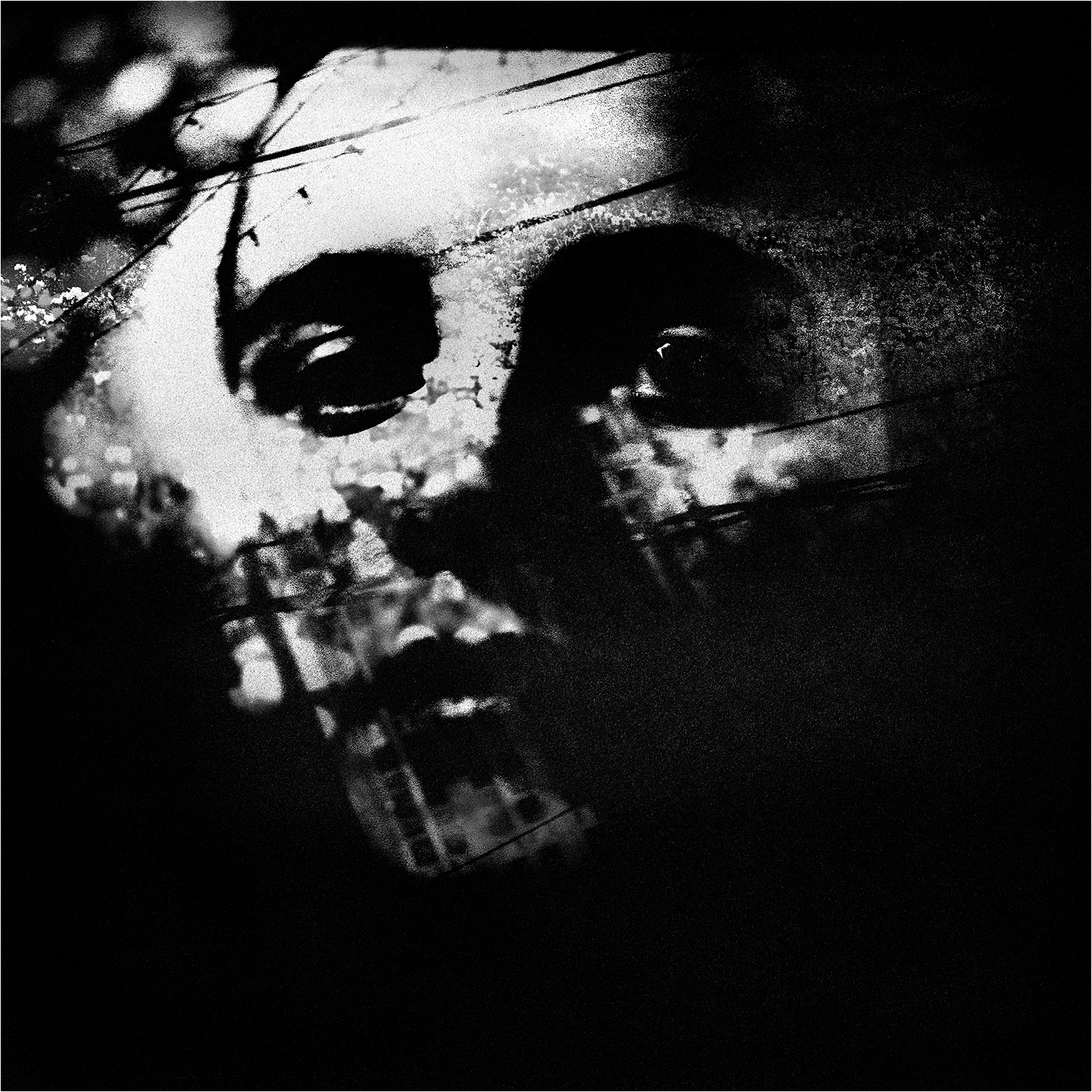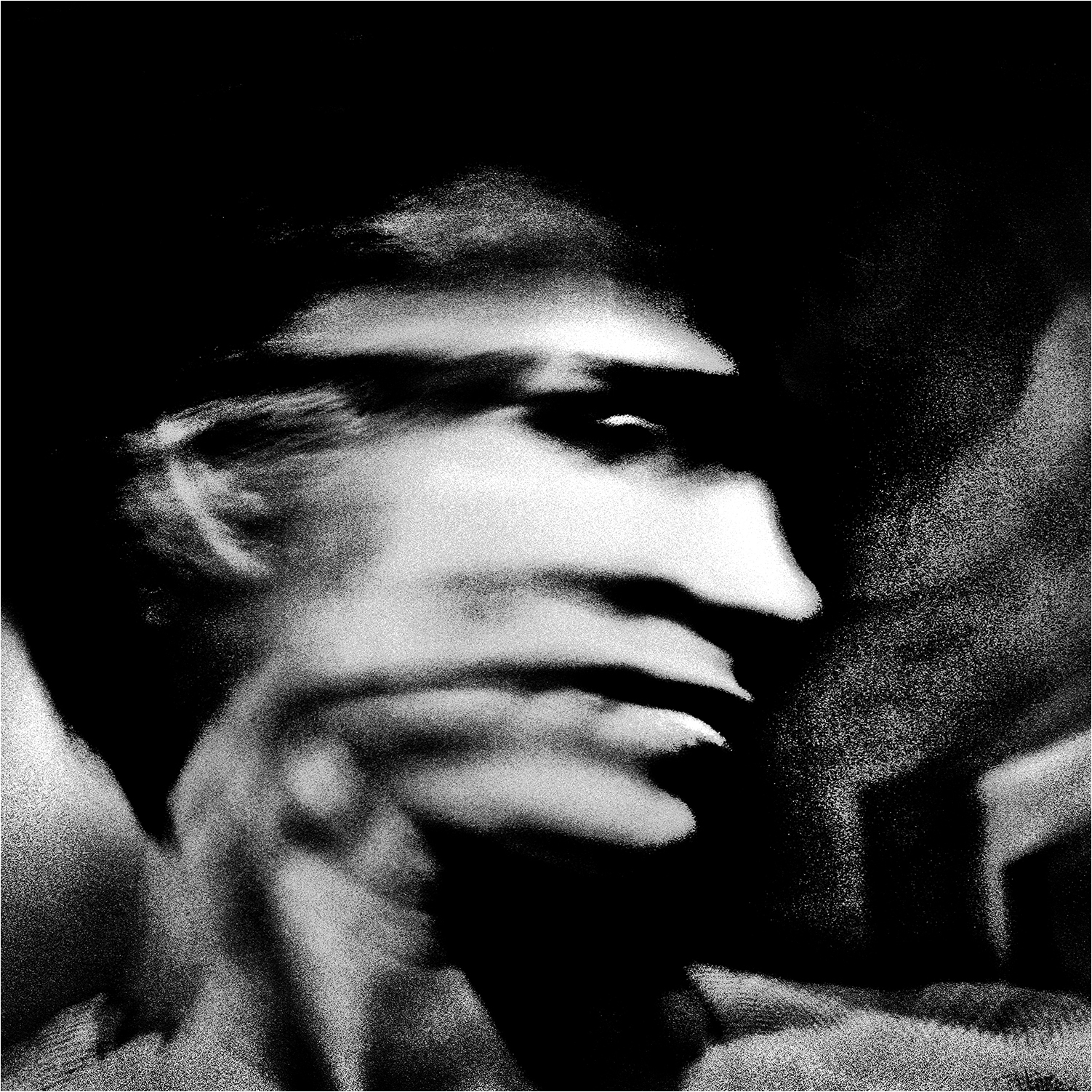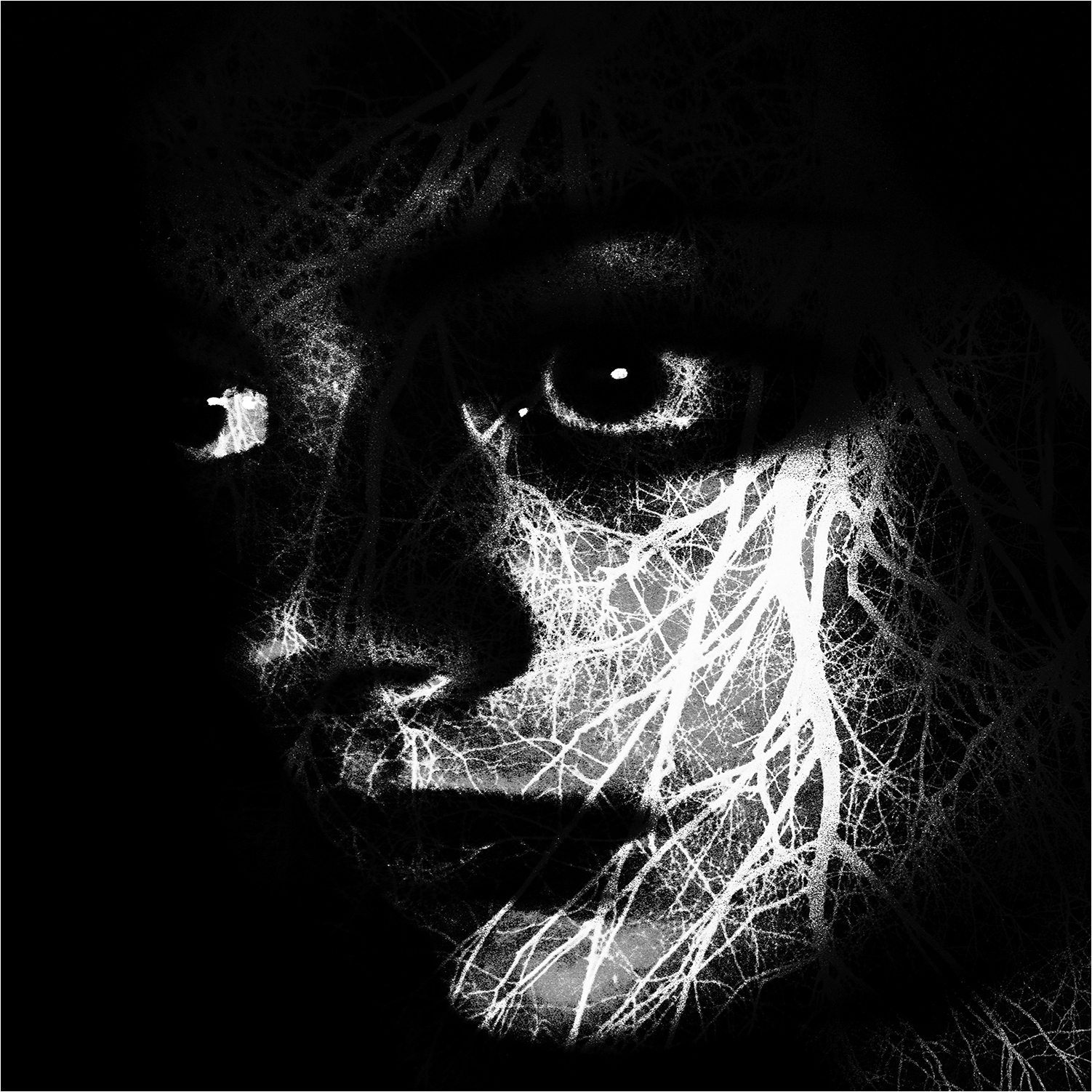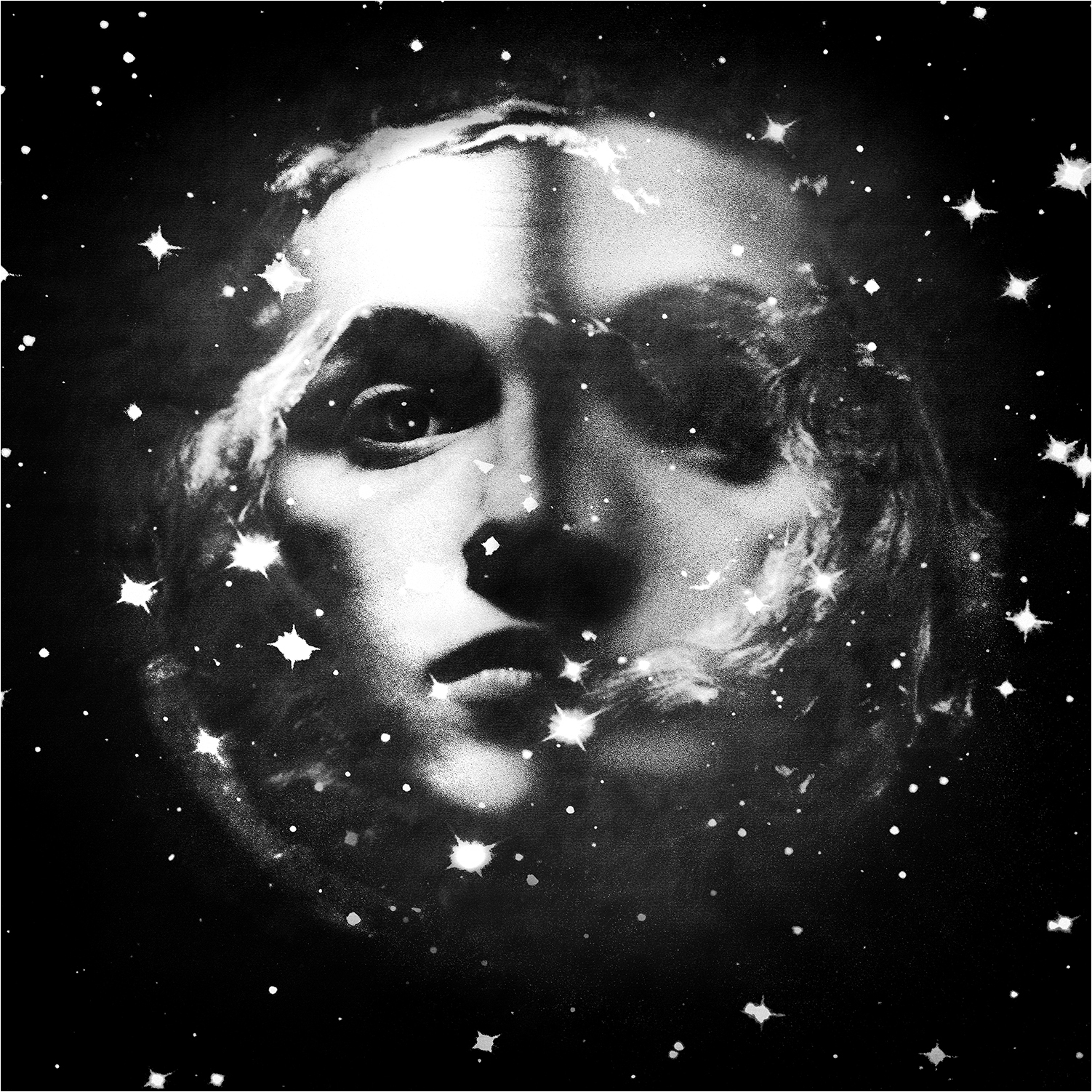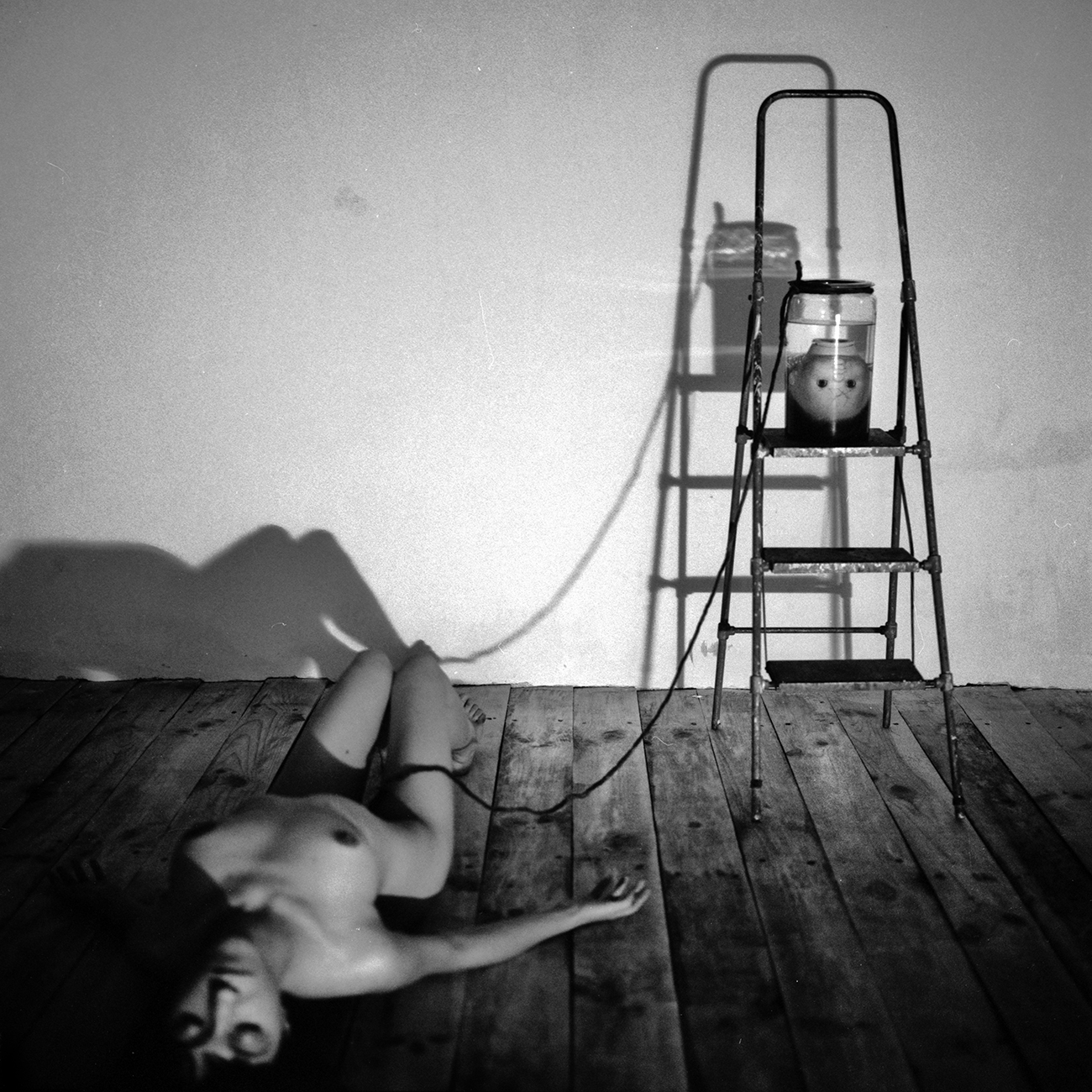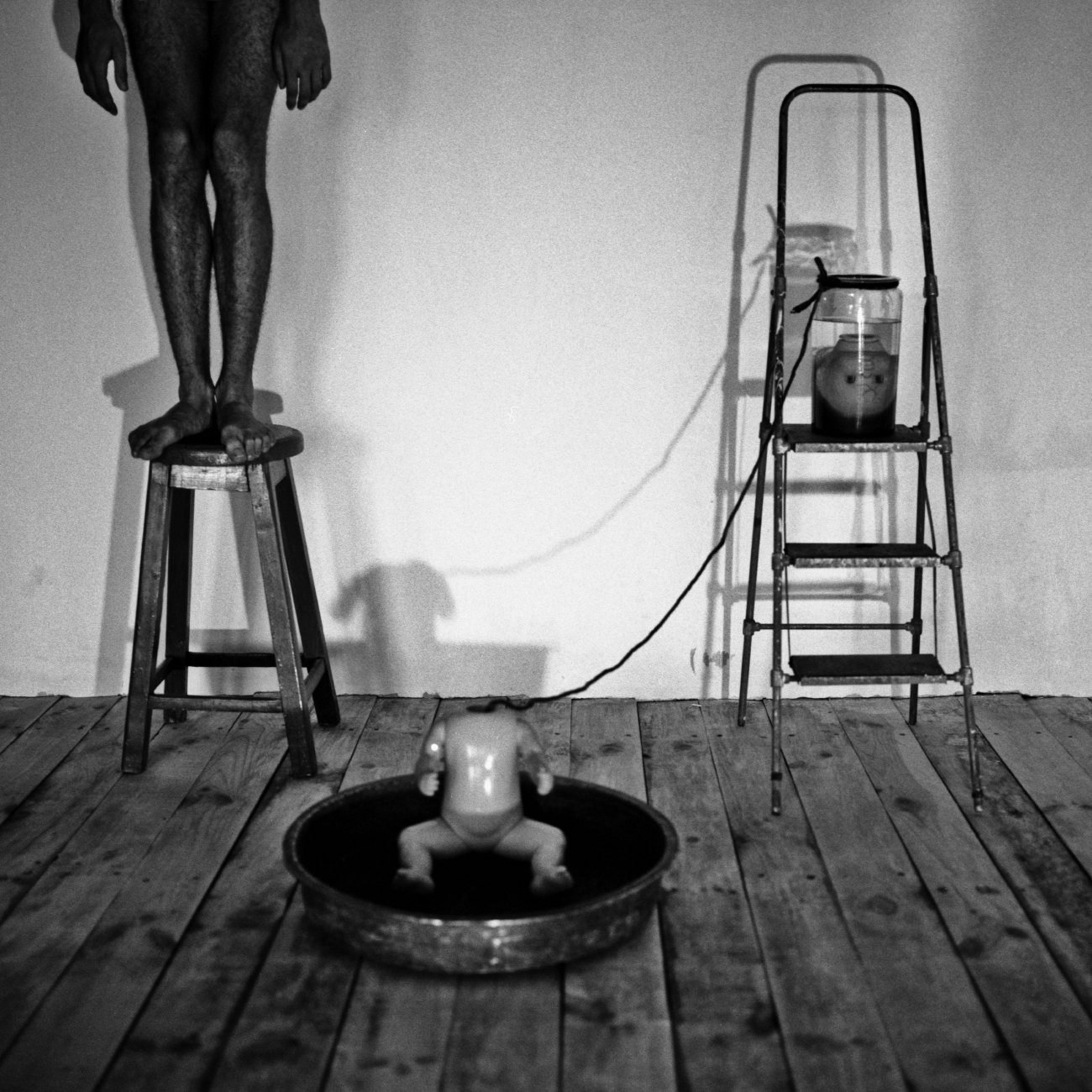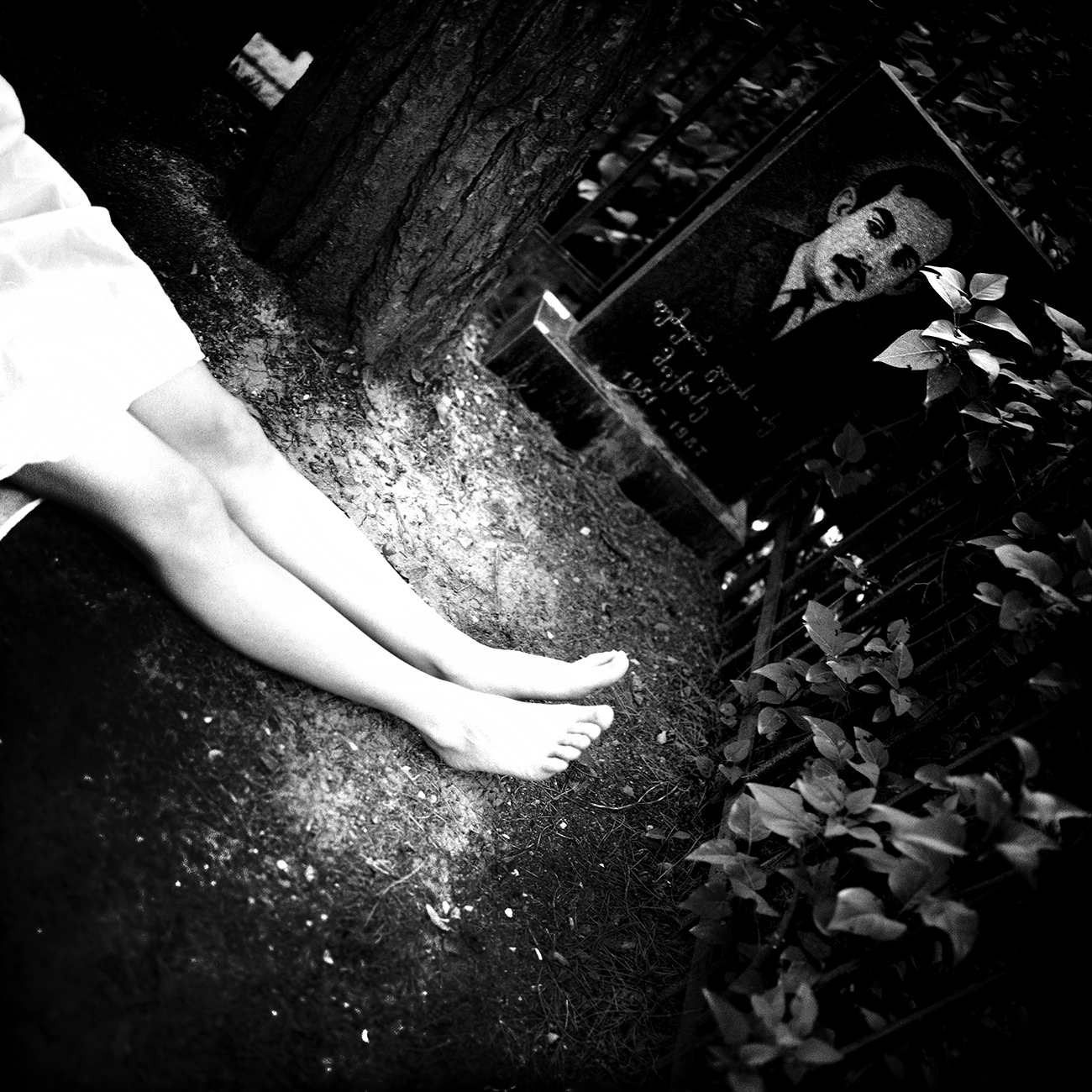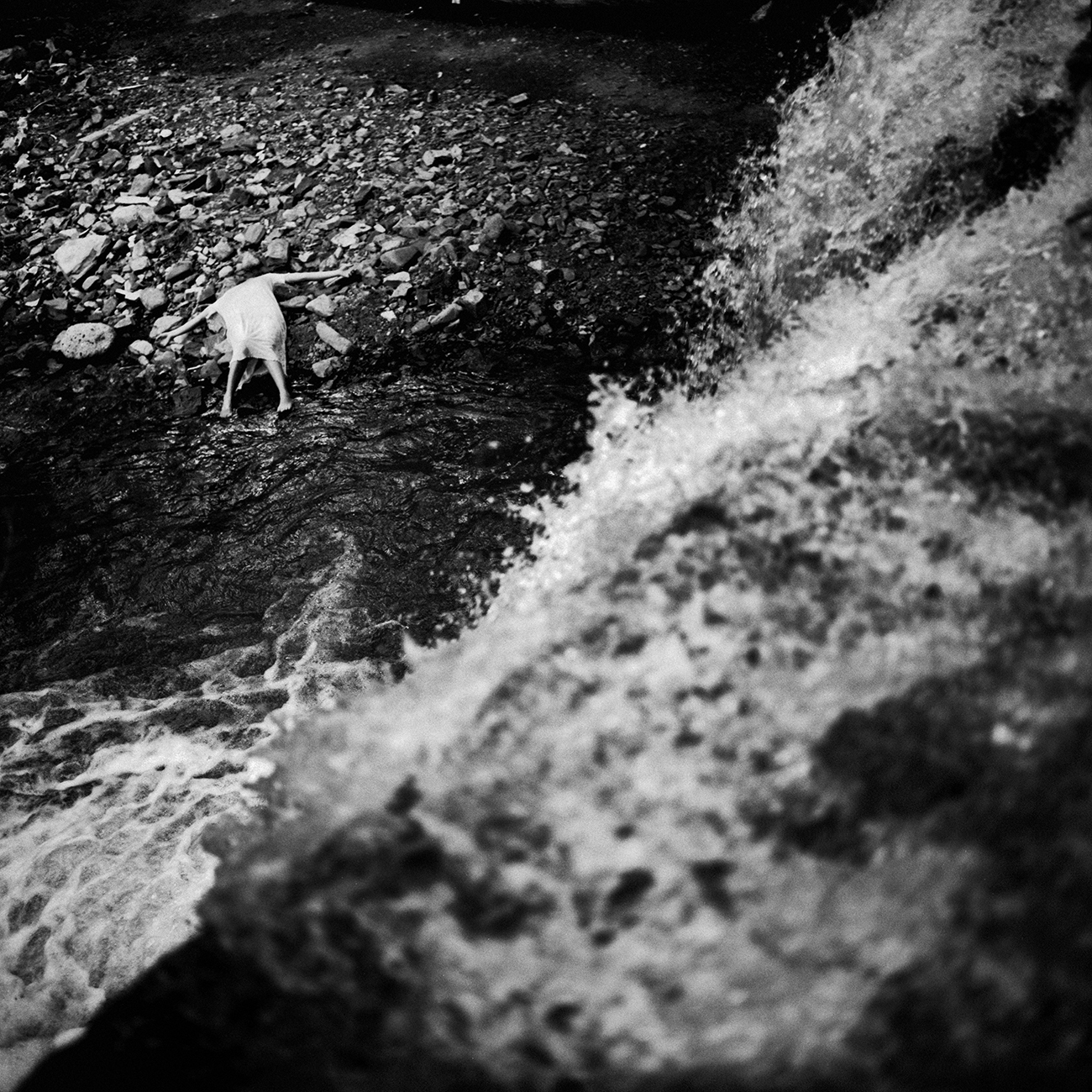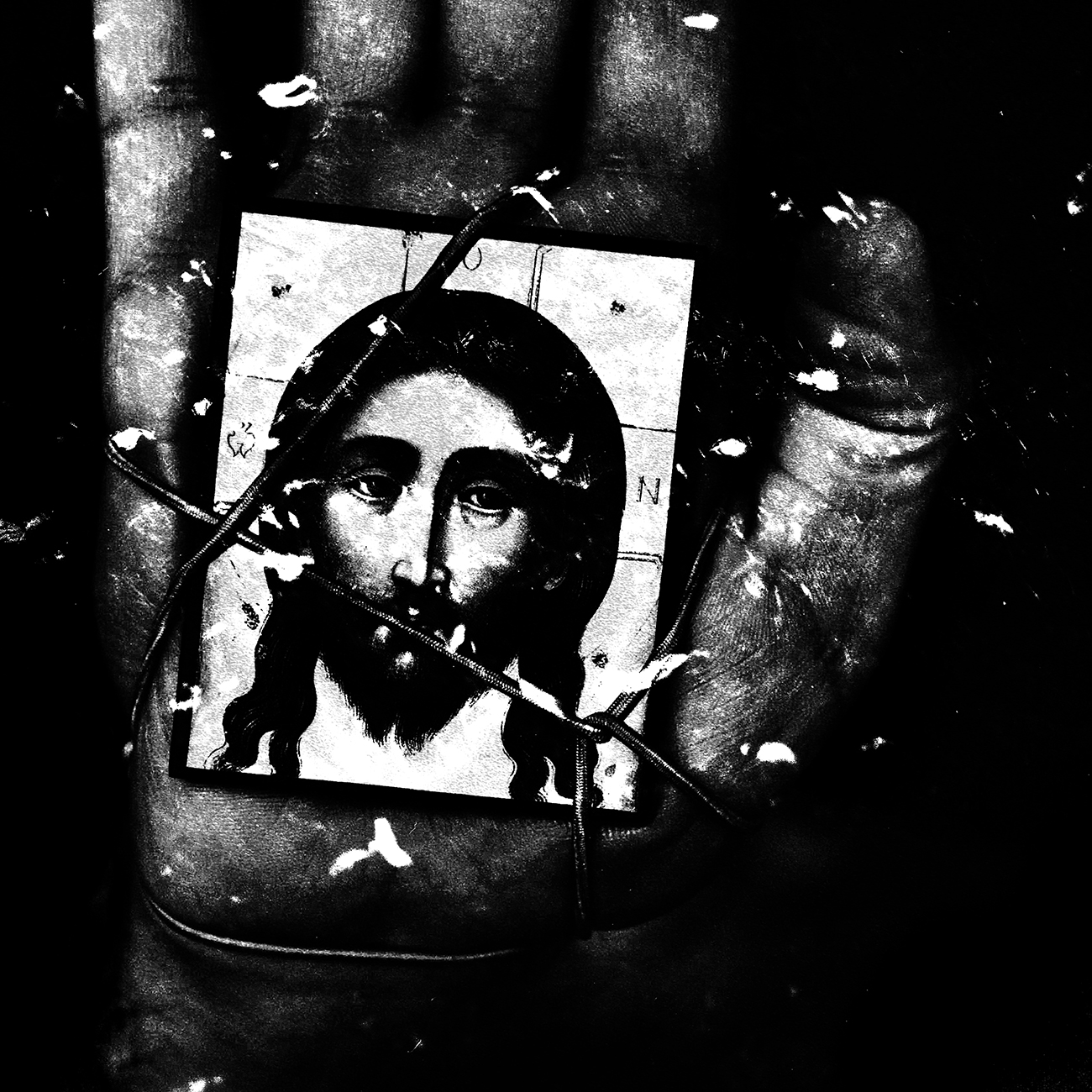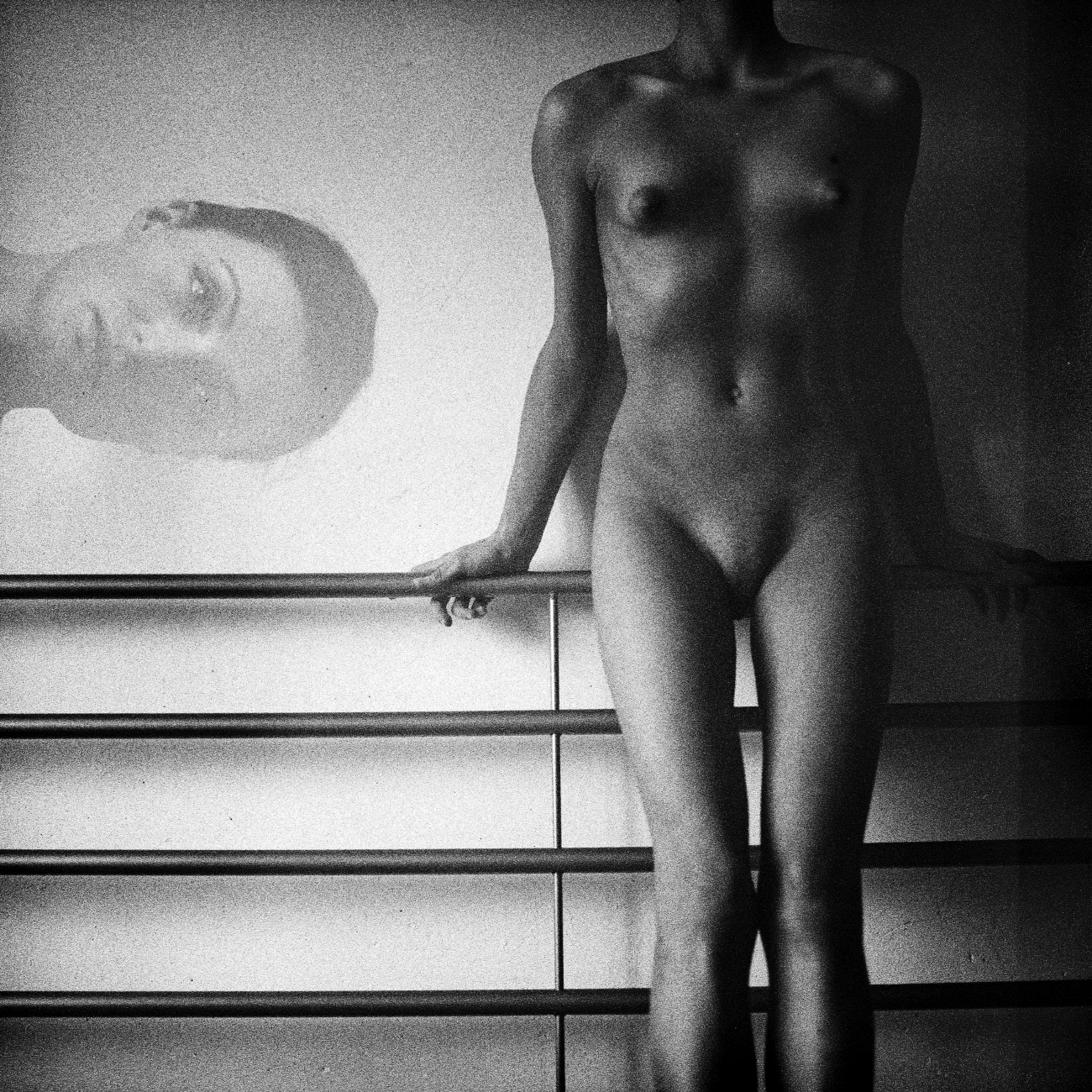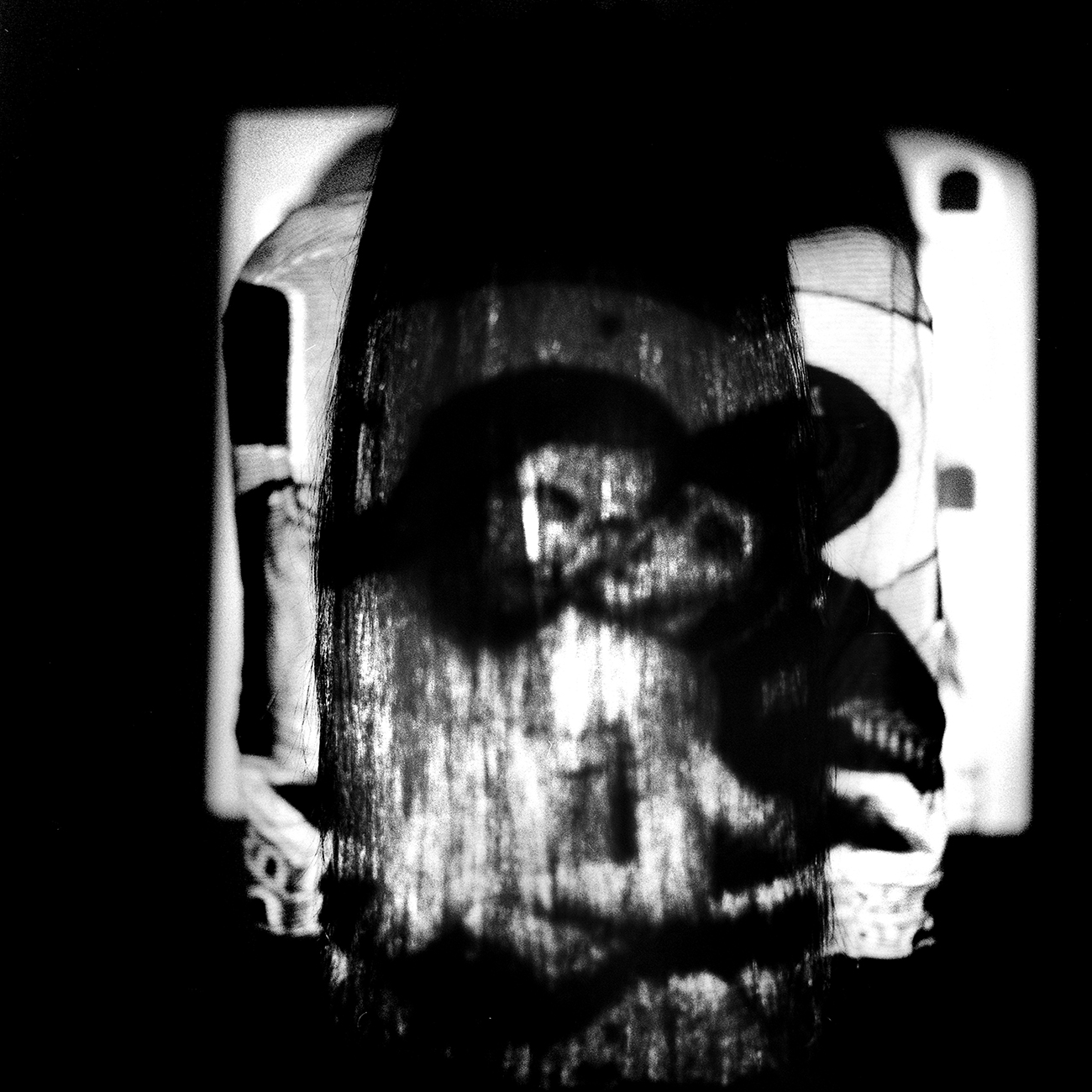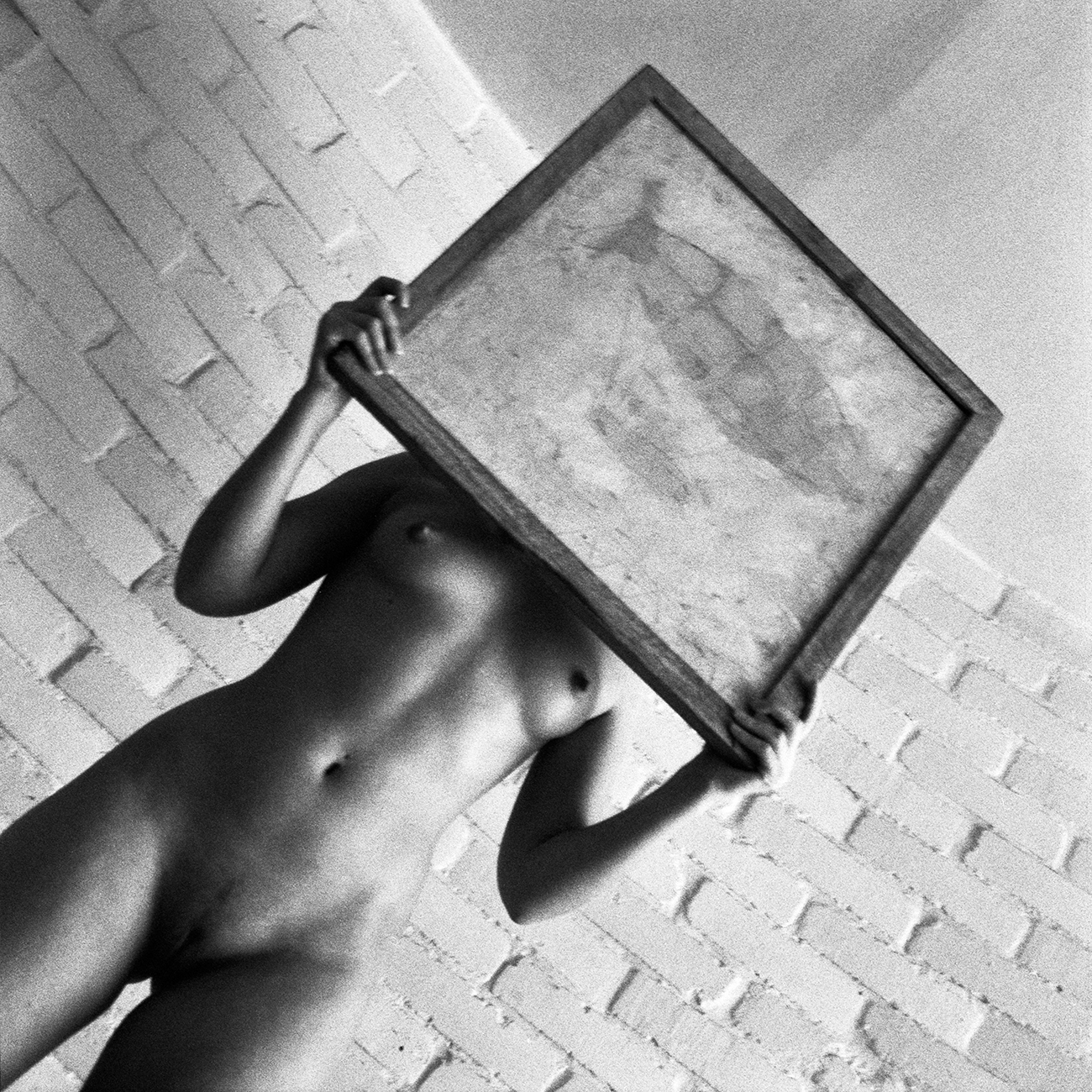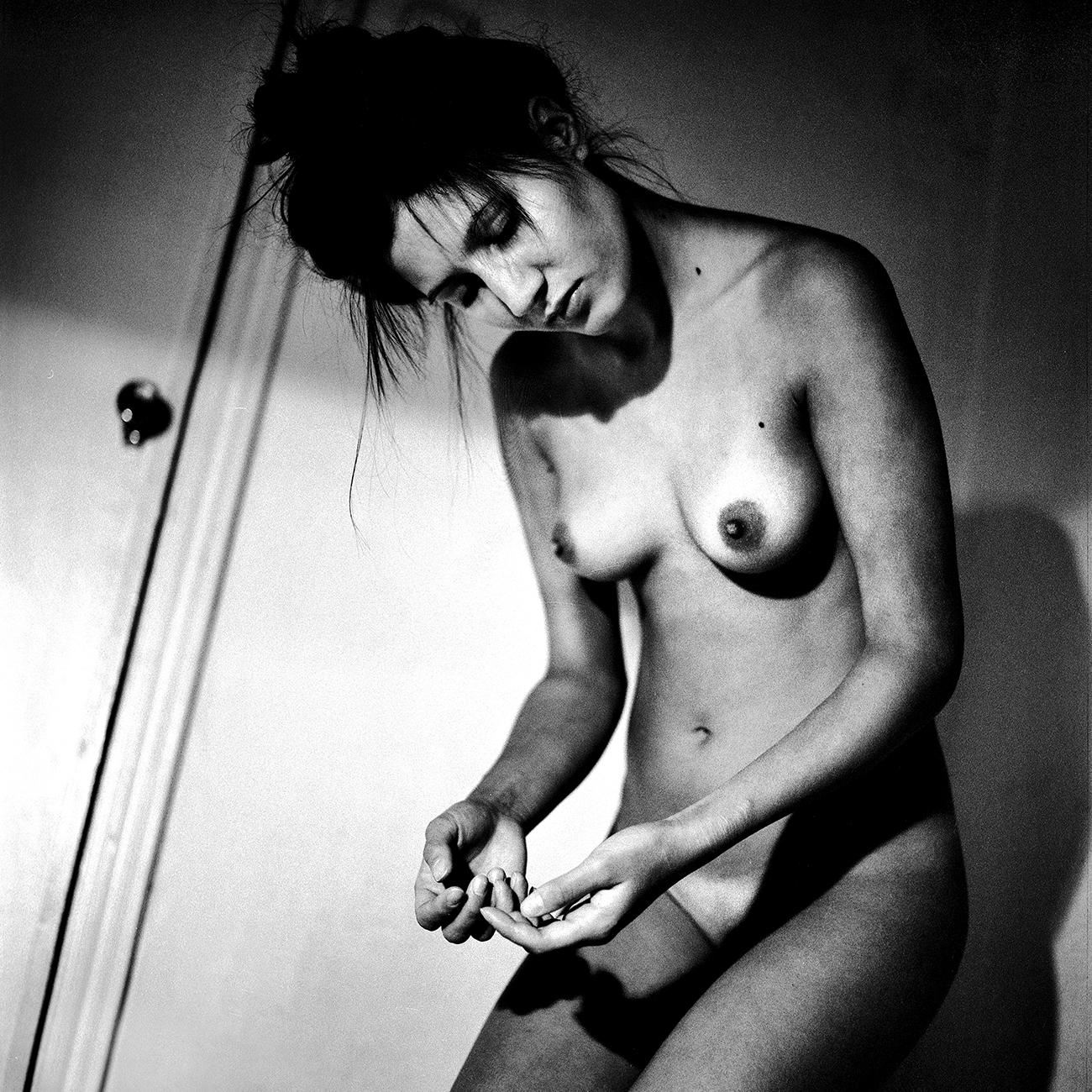Personal exhibition "Lost Signal Tracking" RUARTS GALLERY
Culture Week Tbilisi "Lost Signal Tracking" Factory Tbilisi
“Lost Signal Tracking”
Zurab Arabidze's multimedia project Lost Signal Tracking is an conceptual abstraction. The large scale installation is built on the extension of object and space connections and occurs as existential metaphor. The viewer follows the dramaturgically developed exposition and successively stops in a tense, supportless space, where there are only hints of the transient and the eternal, the linguistic dimension (text) and the landscape, then moves into a field full of dangers of technological progress and as if continues to search for a lost signal with accompanying psycho-emotional moods. Lost Signal Tracking continues such an important topic of contemporary art history as the conditionality of systems and their analytical criticism along with the search for artistic correspondences.
Zurab Arabidze's artistic experience is based on the theme of the minimalist form's relationship with space and its connections with different states, primary meanings. His art is concise and clear, sometimes characterized by a heavy severity, where the symbols of barrier or wall and unpredictable, almost surreal exposure are important.
Lost Signal Tracking summirizes previous artistic research, it reveals as sort of conclusion, presented through series of several-part installations. The visitor initially encounters an abstract chaos in which the conditional metal structure, the symbolic house, the distant landscape and the sacred text exist fragmented in levitation and provide a sense of disorientation for the viewer.
The second part of the exposition on the upper floor resembles the uncatchable glimpses of consciousness, attempts to "capture" and comprehend them, where post-apocalyptic associations of disaster, disappeared sense, fragments of memory and a combination of subjective feelings appear again with extreme briefness and categorically. Zurab Arabidze is an artist whose oouvre display precise links between materials, geometric forms, natural energies and video or photo images. Lost Signal Tracking is an interactive project that is carried out only with the participation of the viewer.
Khatuna Khabuliani, PHD Art Historian
“Utopian harmony of the system (Imbalance of consciousness)”
The installation, titled “Utopian Harmony of the System” and “Imbalance of Consciousness,” not only reflects the fragile balance of human systems but also a deep conflict between the external image of stability and internal decay. The authoritarian system depicted in this work is presented as something harmonious, ideal, and flourishing. It creates an illusion of order and stability, where the house symbolizes comfort, security, and happiness. However, within this system, decay is taking place—individuality, freedom, and human values are rotting from the inside.
This dictatorship, despite its apparent power, destroys everything connected to freedom and the value of human life. Within this system, the individual loses significance, while the system itself becomes paramount. The house, standing at the center of the installation, symbolizes individual consciousness, which is being suppressed and decayed under the weight of imposed principles.
However, despite its external impregnability, this system is rotten and incredibly fragile. It creates an illusion of invincibility, but in reality, it can be destroyed at any moment. If the people living within it re-evaluate their principles and open their eyes to reality, this system, which seems indestructible, can collapse instantly. Just as the structure in the installation appears solid but is, in fact, teetering on the brink of collapse, so too can societal and mental systems crumble when values are reassessed.
Existentially, this work demonstrates how illusory the power of authoritarian structures can be, which, at first glance, seem harmonious and stable. In reality, both social and personal systems of consciousness are susceptible to sudden destabilization. If a person is able to re-evaluate their perception and reassess their principles, the system based on false stability can fall apart, along with the illusion of utopian harmony.
size: 305x305x200 cm / material: square tube 15x15mm, bolt nut, plywood. / year:2023
“Connection with God”
This art object, “Connection with God,” through its deeply symbolic visualization, immerses us in reflections not only on divine communication but also on the nature of power, authoritarianism, and the pain that accompanies any forced contact. The phone, ringing every 8 minutes, persistently tries to reach out, but this call, despite its regularity and apparent necessity, carries with it both physical and spiritual anguish. The thorns surrounding the receiver embody the inevitable pain of any interaction with an undeniable, absolute power—be it divine or human.
The number 8, symbolizing infinity, takes on a new dimension here—it is a metaphor for the endless repetition of attempts to establish a connection, attempts to answer the call, which offer no escape. This call doesn’t just beckon, it imposes itself, much like authoritarian structures seek to control and govern all aspects of life, from the spiritual to the personal, erasing the boundaries between them. This is power that oppresses not only in the political context but also in social, cultural, and religious spheres—any domain where control and coercion suppress freedom of choice and thought.
The mere act of answering this call is already an act of submission, an acceptance of pain as an inevitable part of existence in a world where connection, power, and freedom are intertwined in a cruel knot. The existential dilemma here is not only a question of faith but also a question of free will, which conflicts with the constant attempts of power structures—whether God or the system—to dictate their conditions.
The rug beneath the phone, a traditional symbol, points to cultural roots, hinting at the everyday nature of this control, which permeates society at all levels. The connection with God becomes a metaphor for a connection with any unquestionable authority, painfully intervening in the very fabric of human existence, turning freedom into an illusion and choice into an unbearable burden.
size: 45x45x20 cm / material: telephone, thorn, carpet, plywood. / year:2023
“Object of Worship No Signal”
The installation titled “No Signal” represents an object of worship that challenges modern perceptions of information and authoritarianism. The pedestal, made of concrete blocks, is placed on an old carpet, symbolizing a sense of disharmony and mismatch. On top of the pedestal stands a television, which in the context of this work can be seen as a head or brain transmitting messages. However, the key element is the absence of signal.
The television, a central symbol of information and control over consciousness in modern culture, is deprived of its function here. Instead of broadcasting information, it only transmits static noise, symbolizing the loss of signal, the loss of clarity and meaning. This prompts reflection on how, in dictatorial and authoritarian systems, the connection between truth and reality can be lost. People worship this object, bowing before a false idol, a system that has lost its link to genuine information, replacing it with empty noise, disinformation, and manipulation.
The dissonance between materials—the old carpet, rough concrete blocks, and the modern television—reflects the absurdity of this construction, which resembles an artificially erected object of worship. People worship something that holds no true value or meaning, much like in authoritarian regimes where society may submit to empty and meaningless slogans, having lost the ability to think critically. The loss of signal here is not just a technical glitch; it’s a metaphor for a lost consciousness, no longer capable of perceiving reality objectively.
The static noise from the television and the mechanical voice teaching how to restore the signal are reminders of a distorted reality, where propaganda and false ideals replace genuine information. Dictatorship seeks to control the collective consciousness, creating an illusion of control and stability, when in fact it broadcasts only chaos and disconnection.
Existentially, the installation raises questions about what we worship in society. People who have lost their connection to truth are easily swayed by false authorities and systems that, in reality, are devoid of substance. They continue to worship something that carries no meaning, remaining in a state of delusion and submission. Power dictates its rules through this noise, and the individual submits, not realizing they are worshiping emptiness.
Thus, the “No Signal” installation symbolizes the loss of meaning in authoritarian systems, where people, deprived of critical thinking, continue to obey a power that no longer transmits any signal of truth.
size: 350x250x280 cm / material: carpet, solid concrete block, square tube 20x40mm, TV. / year:2023
“The Flaming Tongue of God”
This installation, “The Flaming Tongue of God,” embodies not only the divine command but also serves as a symbol of authoritarian power that seeks absolute subordination. The first commandment, etched on the wall, states: “You shall have no other gods before me.” This divine decree, in this context, can be perceived as an analogy to a dictatorial manifesto demanding absolute obedience and recognition of only one supreme force.
The flame, shaped as a “flaming tongue,” symbolizes the aggressive power that dictates to man his place in the hierarchy, imposes its will, and tolerates no resistance. In an authoritarian system, just like in a religious one, there exists only one truth, one master to whom all must submit. The dictatorship, like this divine flame, imposes its laws and strives to keep people in eternal dependence on power, always beneath it, always in a position of subordination.
Existentially, this installation questions the idea of divine or authoritarian rule. Power, whether religious or political, seeks eternal control and the exclusion of any alternatives. It dictates its rules as absolute, tolerates no doubt or resistance. Just as fire consumes everything in its path, dictatorship seeks to destroy any individuality, forcing submission to its will and erasing the personal “self.”
In this system, the individual is a being who is always beneath, always obedient to the higher voice. But as soon as a person begins to reconsider their position, as soon as they start to question the absolute authority of this “flaming tongue,” they can break the chains of subordination and realize their own freedom. This is where the deep existential tension of this installation lies: between imposed power and the human desire for self-awareness, the freedom to be something more than just a subordinate to the divine or dictatorial flame.
Thus, the installation is not only about a religious commandment but also about how dictatorial systems seek to be the sole truth, imposing eternal subordination so that people never realize their own strength and freedom.
size: 80x120x80 cm / material: metal frame, rubber, plywood. / year:2023
“Who are you?”
This photo, where the question “Who are you?” stands against the backdrop of the vast ocean, resonates as a fundamental challenge to self-awareness within the space of existence. The water, symbolizing infinity, reflects our inner state, where all the fluctuations of the mind, doubts, and fears are absorbed by its depths. The ocean, stretching to the horizon, embodies the endless space of our consciousness, in which we wander, trying to define our essence.
The question “Who are you?” is central to existential philosophy. It forces us to think about our identity in a world where every human being faces meaninglessness, chaos, and uncertainty. The ocean in this context symbolizes not only the infinity of space but also of time, where each of us exists for just a fleeting moment.
This question echoes in the void, yet at the same time, it feels directed at everyone standing before the image. It sharpens the sense of our insignificance in the grandeur of the universe, where the ocean itself, with its ineffable power, reminds us of the infinity surrounding each of us. We are compelled to consider who we are in this vast, incomprehensible space, which is devoid of boundaries and explanations.
The concept of this work urges the viewer to reflect on their own nature, their role, and existence in this world. “Who are you?” can be perceived as a personal question, an internal dialogue with oneself, a search for meaning in chaos. The answer, perhaps, does not exist, but the process of searching defines us, leading us to delve deeper into our own consciousness and identity within a space that, like the ocean, remains mysterious and boundless.
Existentially, this image reflects our inner struggle to understand ourselves, our place in the world, and our connection to the vast space that we can only partially comprehend. It serves as a reminder that our essence is not always obvious, and the search for an answer to the question “Who are you?” may be a lifelong journey, where the infinite ocean symbolizes both external and internal uncertainty.
“Where are you?”
This photo embodies a profound existential question that transcends mere physical location and delves into the essence of one’s presence in the world. The sea here serves as a metaphor for the infinite, chaotic, and unpredictable space of existence. It symbolizes the fear of the unknown, the loss of direction, and the search for meaning. The gray sky hanging over the surface of the water creates a sense of a boundary that seems simultaneously close and unreachable, as if marking the line between consciousness and incomprehensible chaos.
The inscription “Where are you?” is not just a question—it is a metaphysical challenge aimed at the depths of existence itself. It leads to the contemplation of the limits of our understanding: who are we, and where are we in the context of time, space, and life itself? The question provokes a confrontation with emptiness—both external and internal. For as much as a person may strive, they rarely find clear answers to where they truly stand in spiritual and emotional terms. This is not just about finding coordinates in physical reality, but also about the struggle to find a place in one’s soul, in social contexts, and in the flow of history.
The sea, as a symbol of infinity and loneliness, absorbs our gaze, and its vastness highlights the complexity and entanglement of human existence. We constantly feel “here,” yet simultaneously sense that we are lost “there.” This state of uncertainty and dissatisfaction is an inherent part of being, tied to the fact that humans are always searching, striving to understand and find their place. However, in this silence and in the coldness of the sea, the question remains unanswered. After all, in a world where everything is fluid and temporary, is there truly a place where we can finally take root?
This is a deeply existential moment of confusion and despair, where each of us seeks our presence in the infinity of being, knowing that in this search, there is no final destination—only the process itself.
“Desperate Attempt at Liberation”
The video work titled “Desperate Attempt at Liberation” captures a man trapped within a system, symbolically struggling to break through an invisible barrier with his head. This barrier represents a metaphorical shell—a false construct imposed upon him by external forces, primarily the dictatorial system that surrounds him. The individual is painfully aware that he exists within this shell of false ideologies and distorted reality, desperately striving to shatter it in order to reach a state of freedom and infinite possibility.
The imagery of the man repeatedly striking the transparent wall with his head highlights the futility and desperation of his situation. It is not merely a physical attempt to break free but a mental and existential struggle. This wall is an oppressive construct, akin to the boundaries placed by authoritarian regimes that flood society with false narratives, creating a parallel world of contradictions. The man’s relentless efforts to escape illustrate the profound internal battle between the individual consciousness and the external system that seeks to suppress and control thought.
The moment of realization—when the man becomes conscious of the artificial paradigms around him—is central to this piece. It is the turning point where he understands that the system he is trapped in is an illusion, yet breaking free is not simple. He is entangled in the deep-rooted conditioning and societal structures that dictate how he perceives the world. His desire to break through symbolizes a longing for intellectual and emotional freedom, a liberation from the mental chains that have been forged by external authority.
This installation is an existential commentary on the plight of individuals living under authoritarianism. The barrier the man attempts to destroy is not only physical but a reflection of the mental prisons imposed on human consciousness by dictatorial systems. It is a poignant representation of the human spirit’s struggle against oppression, where breaking free from these invisible, yet powerful, structures becomes an act of defiance.
Through this video, the desperation of a man’s attempt to escape becomes a universal metaphor for the quest for freedom. The struggle to transcend the limitations imposed by authoritarianism and to access a space of free thinking, self-expression, and true awareness resonates deeply. The installation challenges the viewer to consider the boundaries that surround their own minds, questioning the systems that shape thought and behavior, and inspiring the hope that even in the face of overwhelming control, liberation is possible.
Ultimately, “Desperate Attempt at Liberation” is about the tension between oppressive systems and the innate human drive toward freedom—an unrelenting attempt to break free from mental and ideological confinement and achieve intellectual autonomy.
“Destructive Cult of Light”
The art object titled “Destructive Cult of Light” represents a profound existential symbol of authoritarianism, where light, initially meant to illuminate the world, becomes a tool of oppression and destruction. Light here symbolizes truth, divine revelation, but in this work, it takes on a menacing tone. It is embedded within a system that not only directs this light onto a person but also subjugates them to its power.
Light, typically associated with enlightenment and liberation, becomes a destructive force in this context. Rather than granting freedom, it takes it away. It blinds, forcing submission to its might, destroying the individuality of the person. The entire system is constructed so that the light, which should be a source of truth, becomes a mechanism of control and suppression.
This installation illustrates the oppressive nature of systems that, under the guise of enlightenment, manipulate the masses. Authoritarianism and dictatorship often use light—a metaphor for truth—to justify their actions, suppressing resistance and individual freedom. People, caught under this light, are compelled to submit, blinded by the power and grandeur of a force that, in reality, only oppresses them.
Existentially, the installation embodies the conflict between individual freedom and the oppressive system of power. The light in this work is a paradoxical phenomenon: it provides the ability to see, but at the same time limits vision, leaving the individual in a state of submission and helplessness. This is a metaphor for how authoritarian systems can make people believe in false ideals, deceiving them with the appearance of truth, while in fact controlling, oppressing, and destroying individuality.
The “Destructive Cult of Light” reminds us that any force, even if presented as a good, can become a tool of oppression when used to suppress freedom of thought. The light, which blinds and subjugates, becomes a symbol of false enlightenment, where there is no room for true liberation or self-awareness.
size: 250x250 cm / material: spotlight. / year:2024
“An Unpleasant Sensation Signaling Real or Potential Pain”
This work captures the moment of anticipating pain—a subtle yet inevitable intersection between reality and possibility. The black, sharp form, as if emerging from the wall, evokes a hidden threat that could be either physical or psychological. It remains in a state of suspension: not yet piercing the body but already causing discomfort, already acting as a warning signal.
This object embodies an existential paradox: the pain has not yet arrived, but its premonition has already transformed the perception of reality. The person is trapped between the fear of the inevitable and the hope that the threat will remain a mere possibility, never materializing. This endless waiting becomes the most exhausting torment, turning a second into eternity.
The minimalism and conciseness of the work emphasize its conceptual sharpness. There is nothing excessive—only form, creating a sense of anxious uncertainty. The black mark on the white wall becomes a symbol of the projection of inner anxiety, a psychosomatic experience in which consciousness generates pain even before it actually appears.
The work appeals to a universal human experience: the fear of the unknown, doubt about the boundaries between the real and the mental, the feeling of vulnerability in the face of the very possibility of pain. It remains at the level of the most delicate sensations, yet that is its power—because sometimes, the anticipation of pain is more terrifying than the pain itself.
size: 1.2x0.5x1.5 cm / material: thorn. / year:2023
No signal on TV, what to do? Why does the TV show "no signal"?
The works from the project "Lost Signal Tracking" were exhibited:
2023 Personal exhibition "Lost Signal Tracking" RUARTS GALLERY
2024 Group exhibition "New Faith" Arcane Space
2024 Culture Week Tbilisi "Lost Signal Tracking" Factory Tbilisi
2024 Group exhibition "New Faith" Arcane Space museum of modern art. Tbilisi, Georgia










